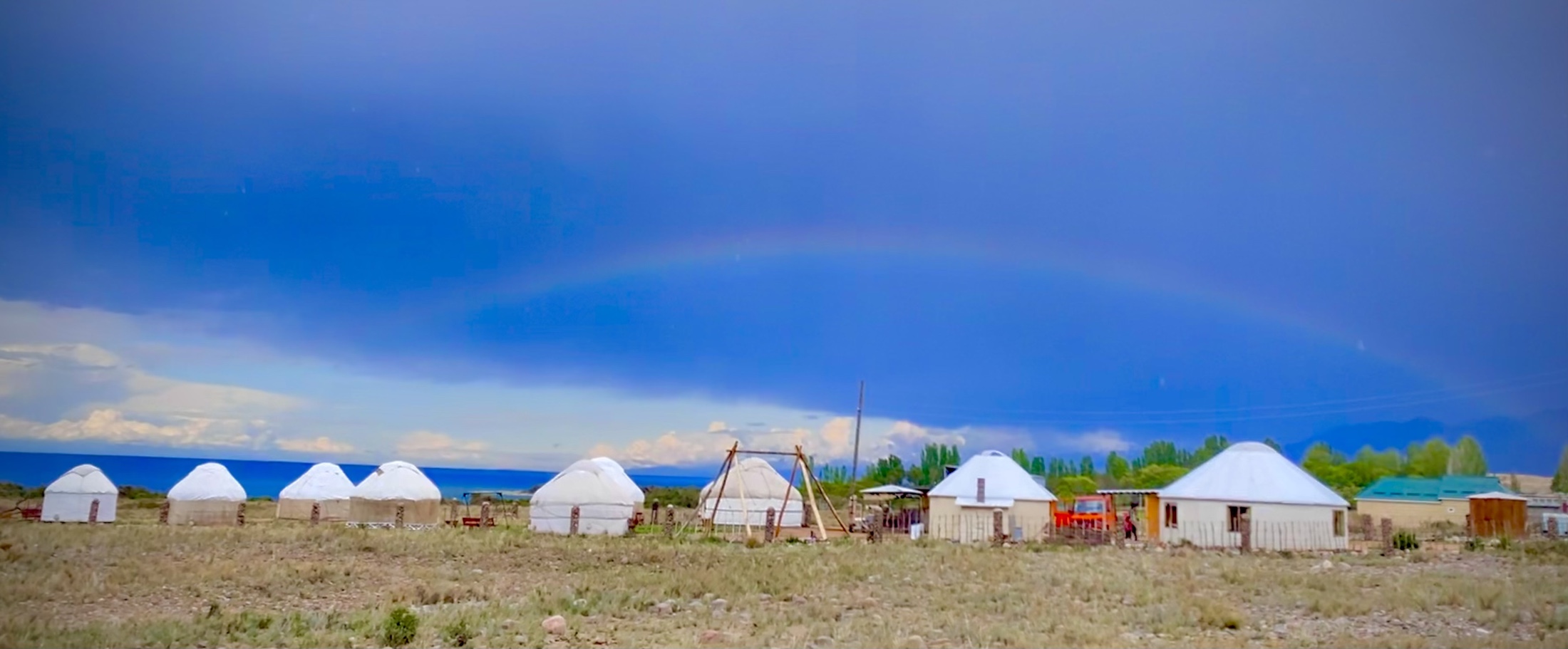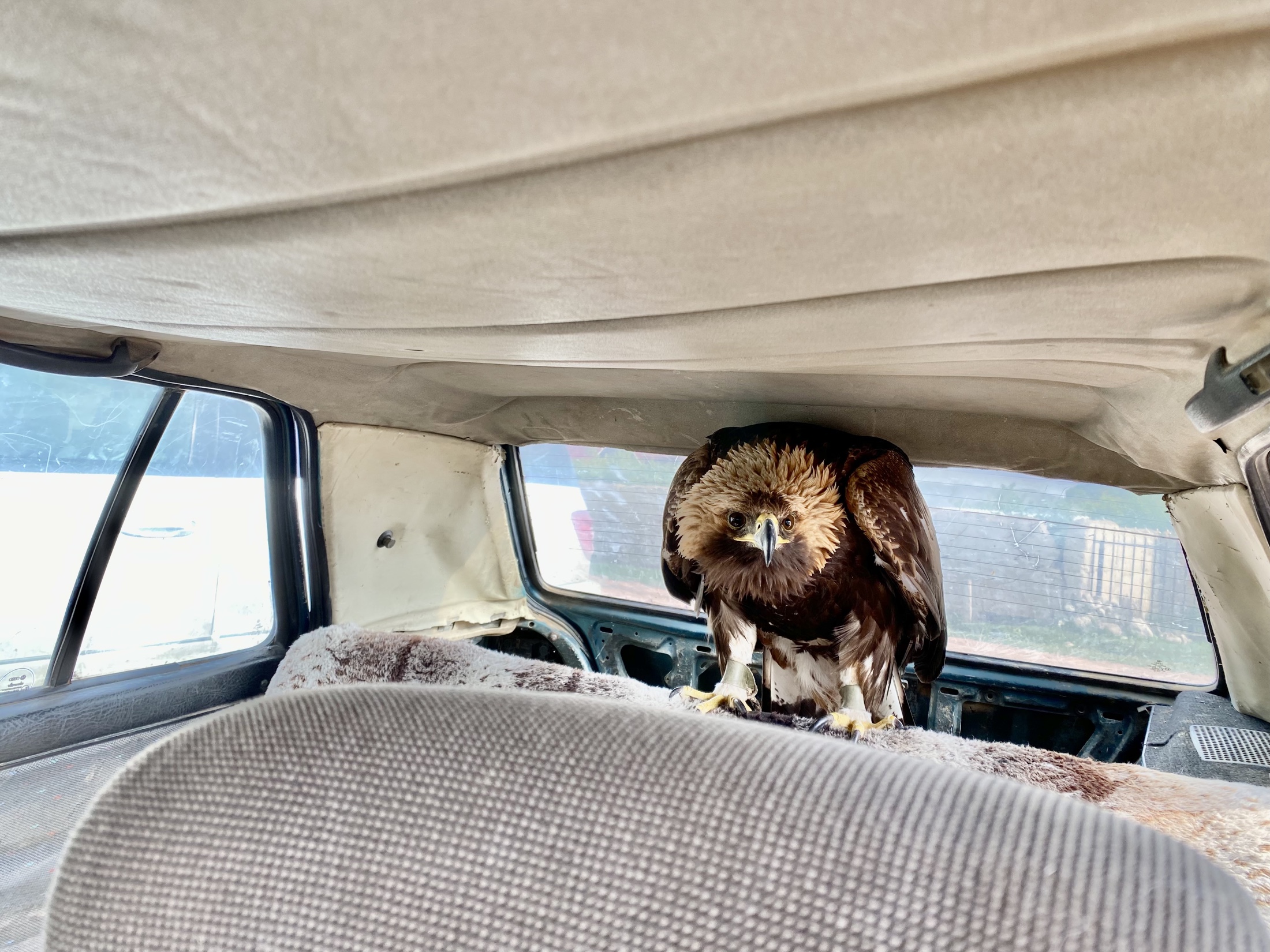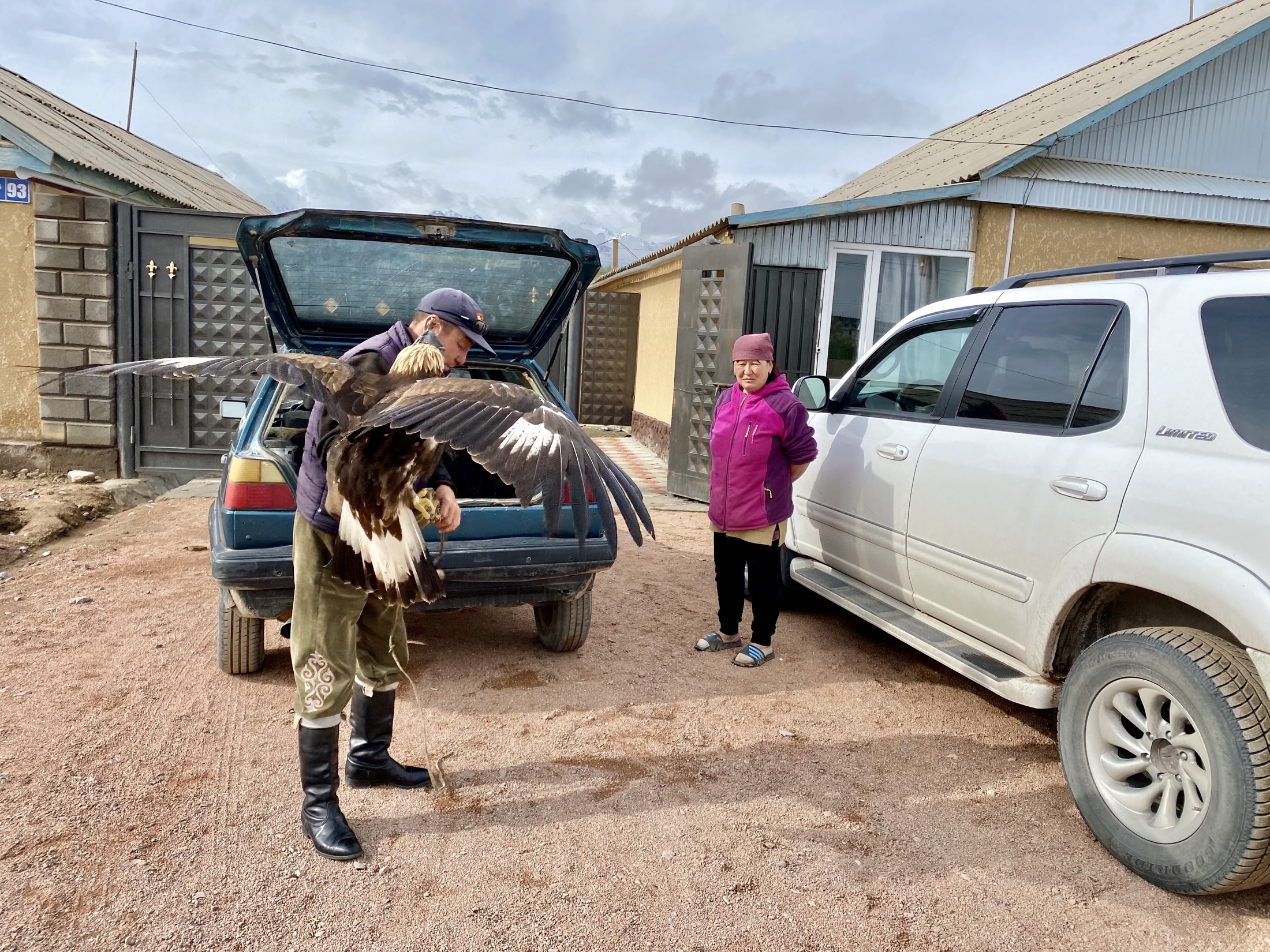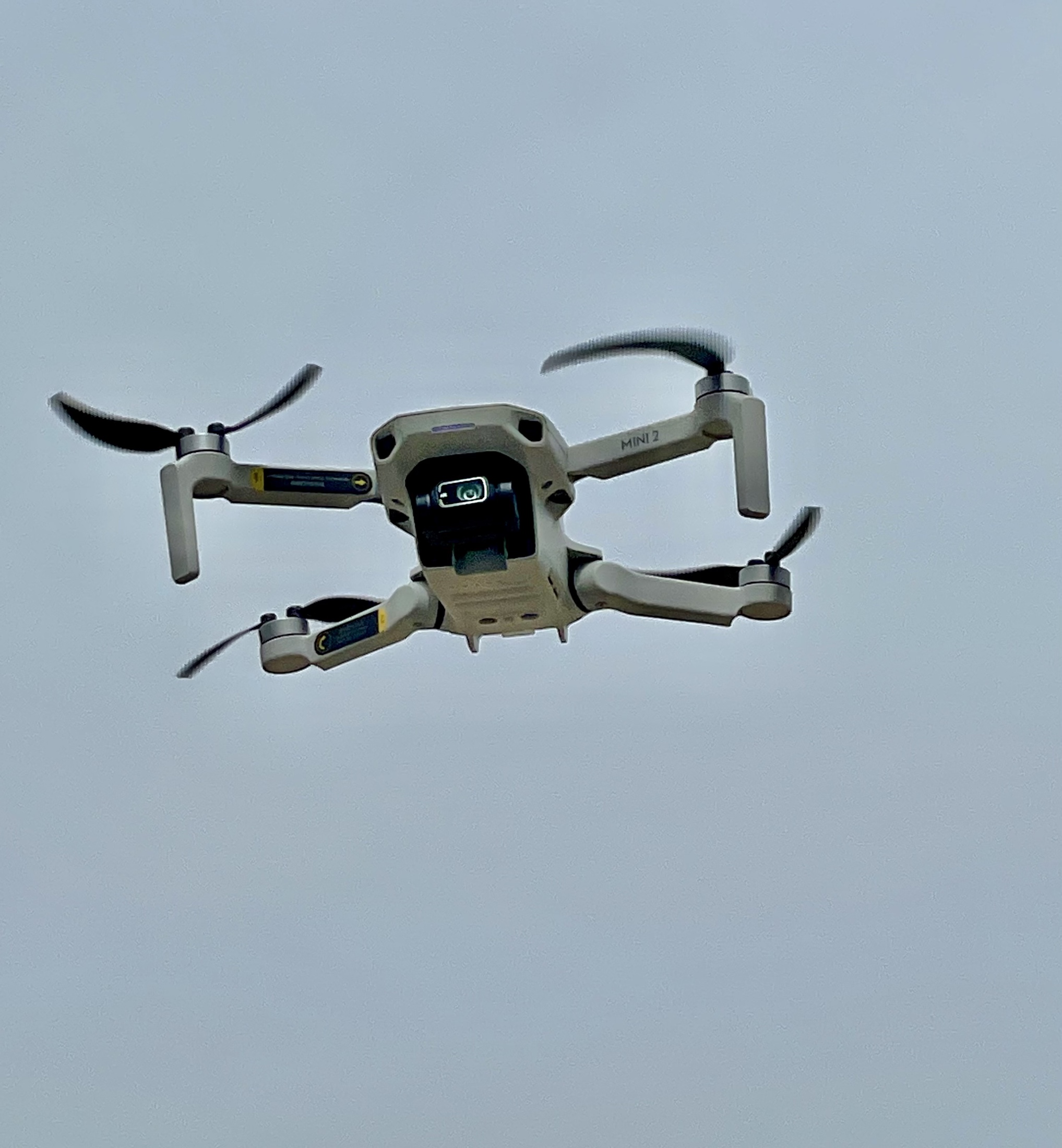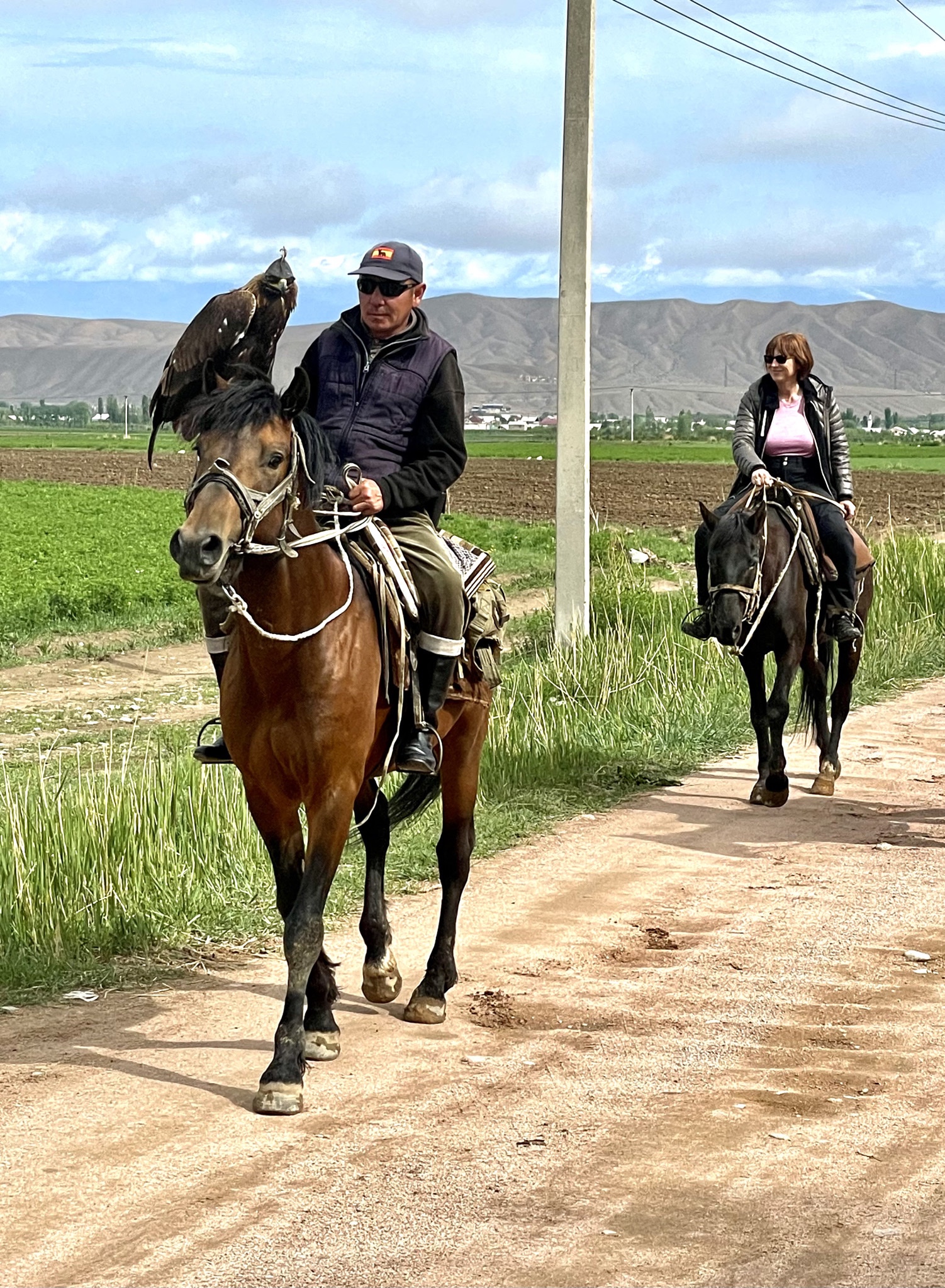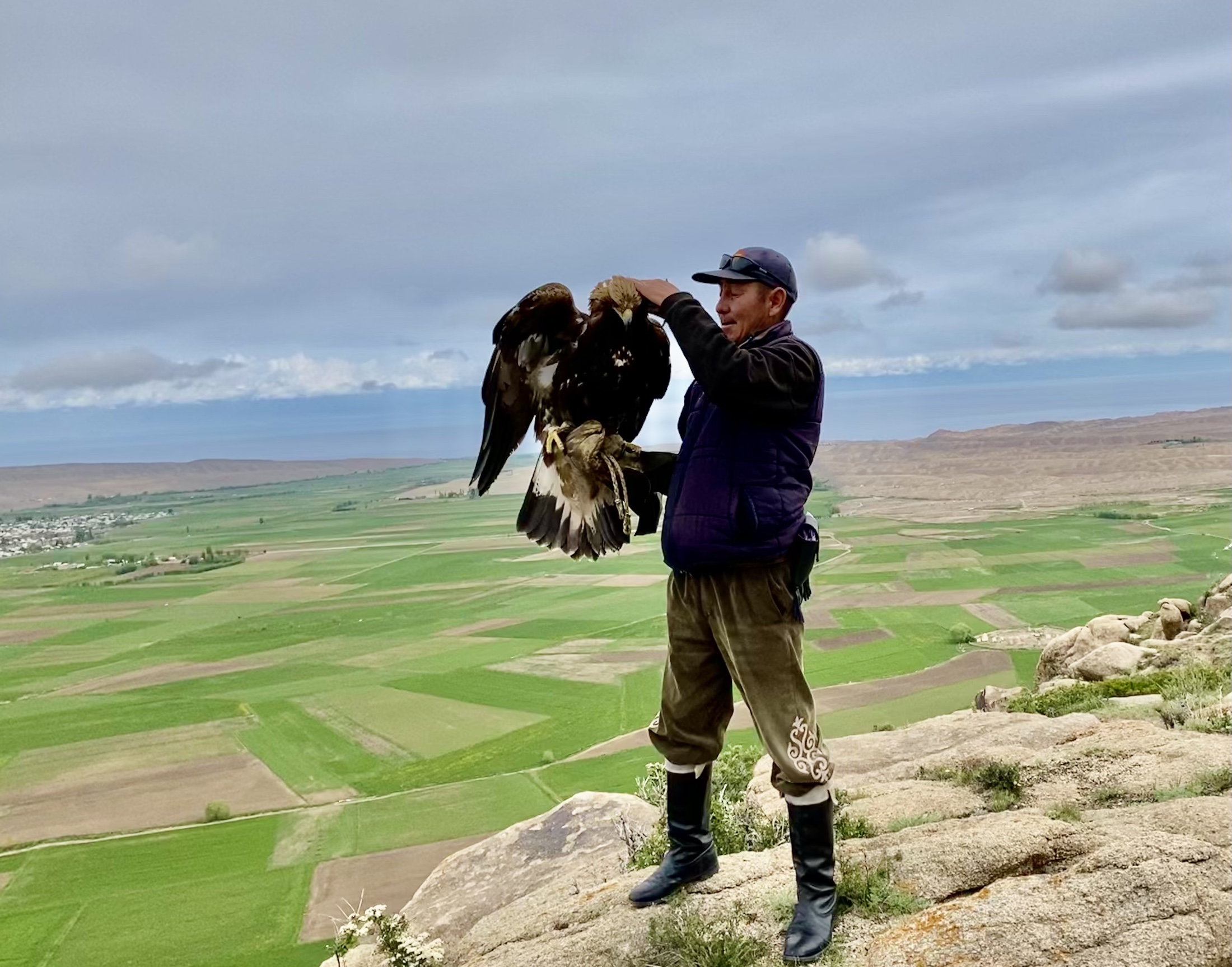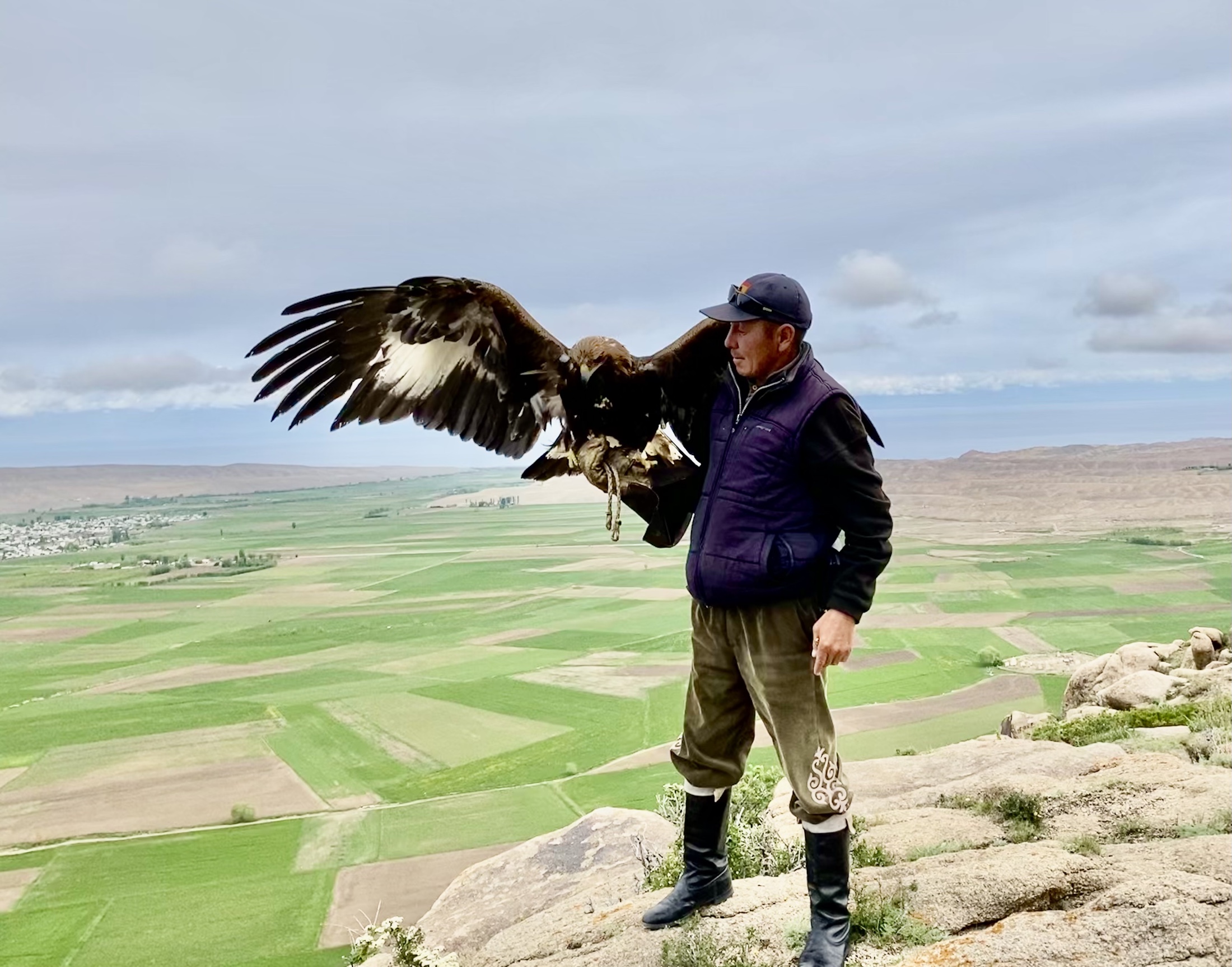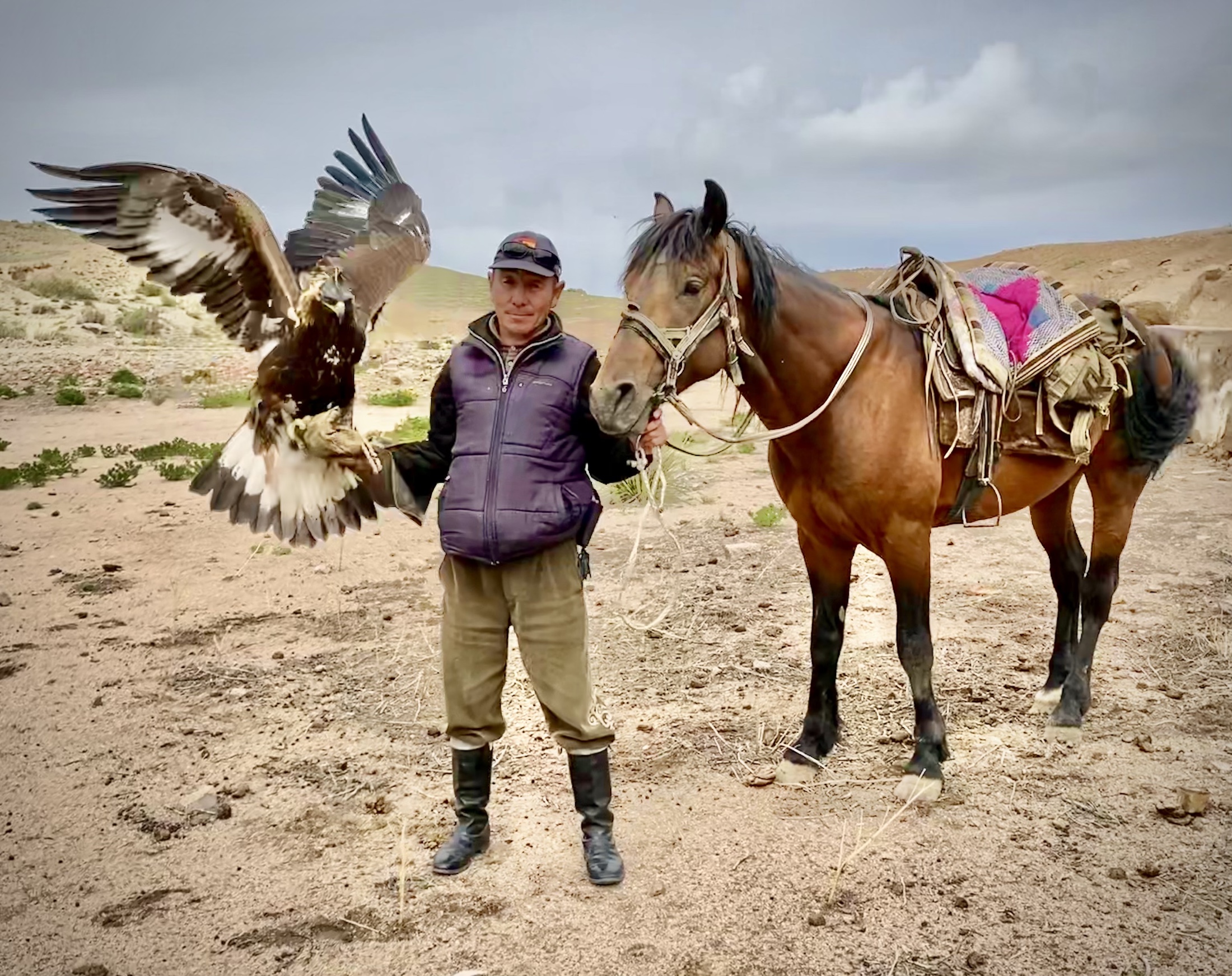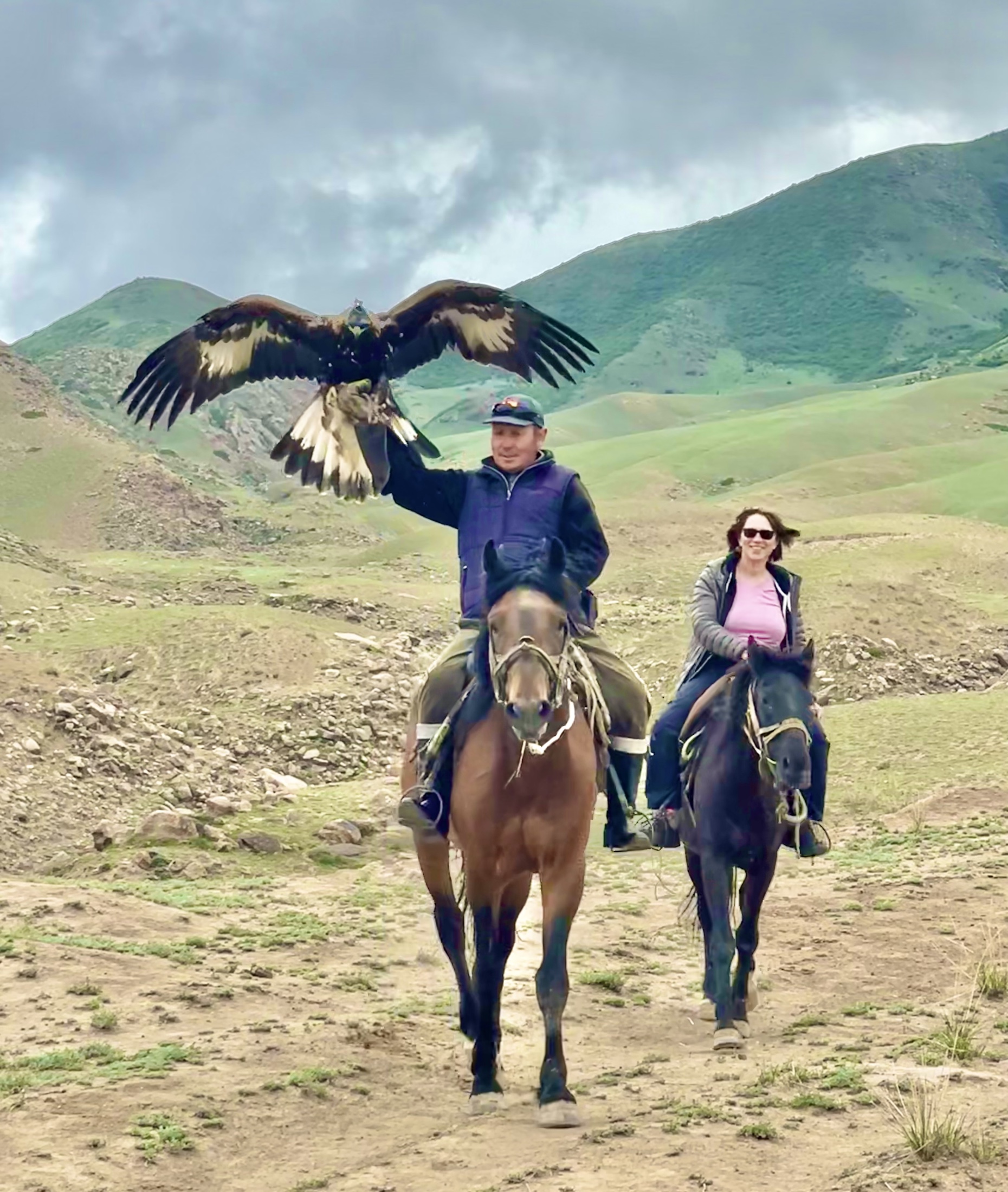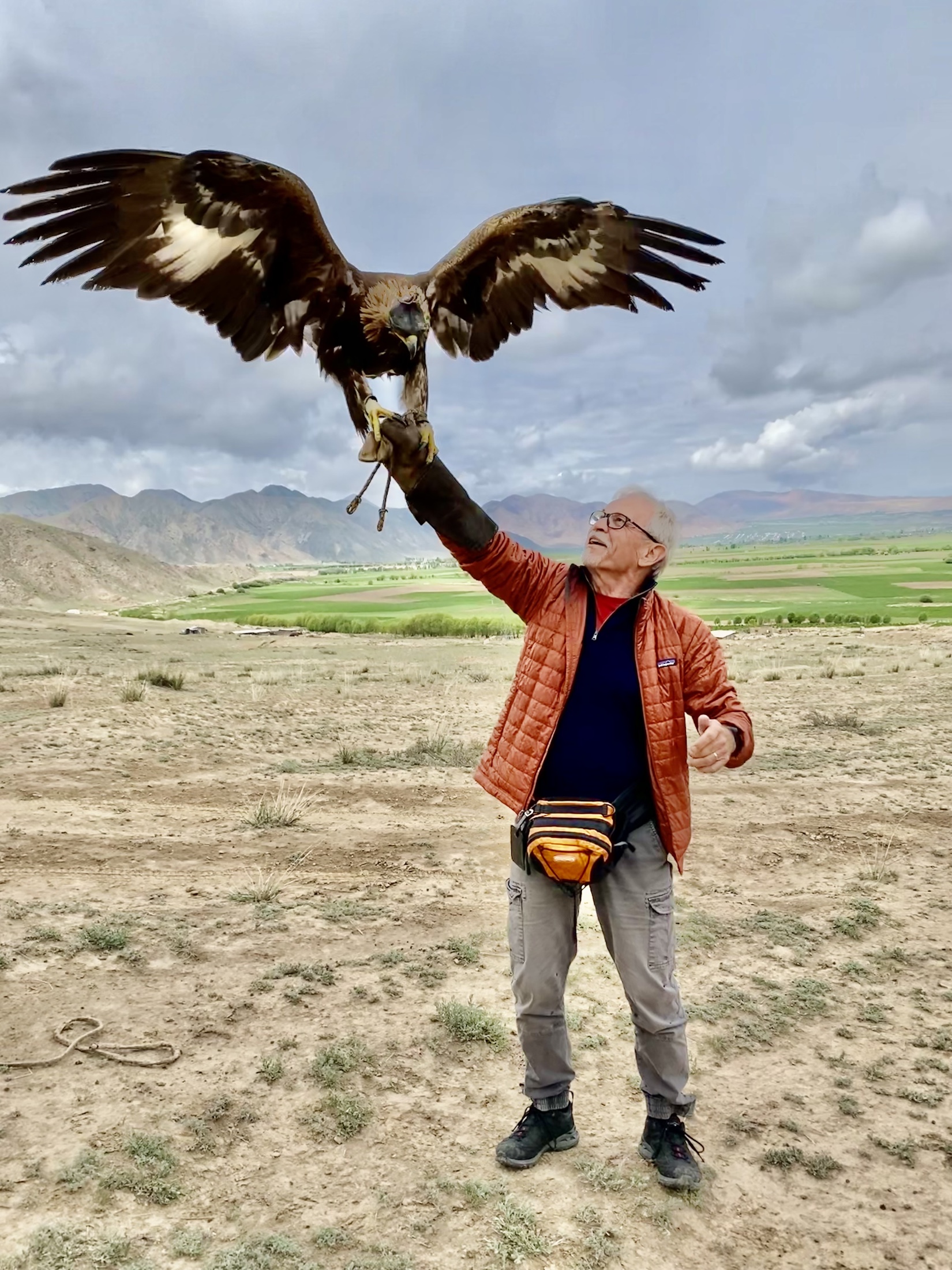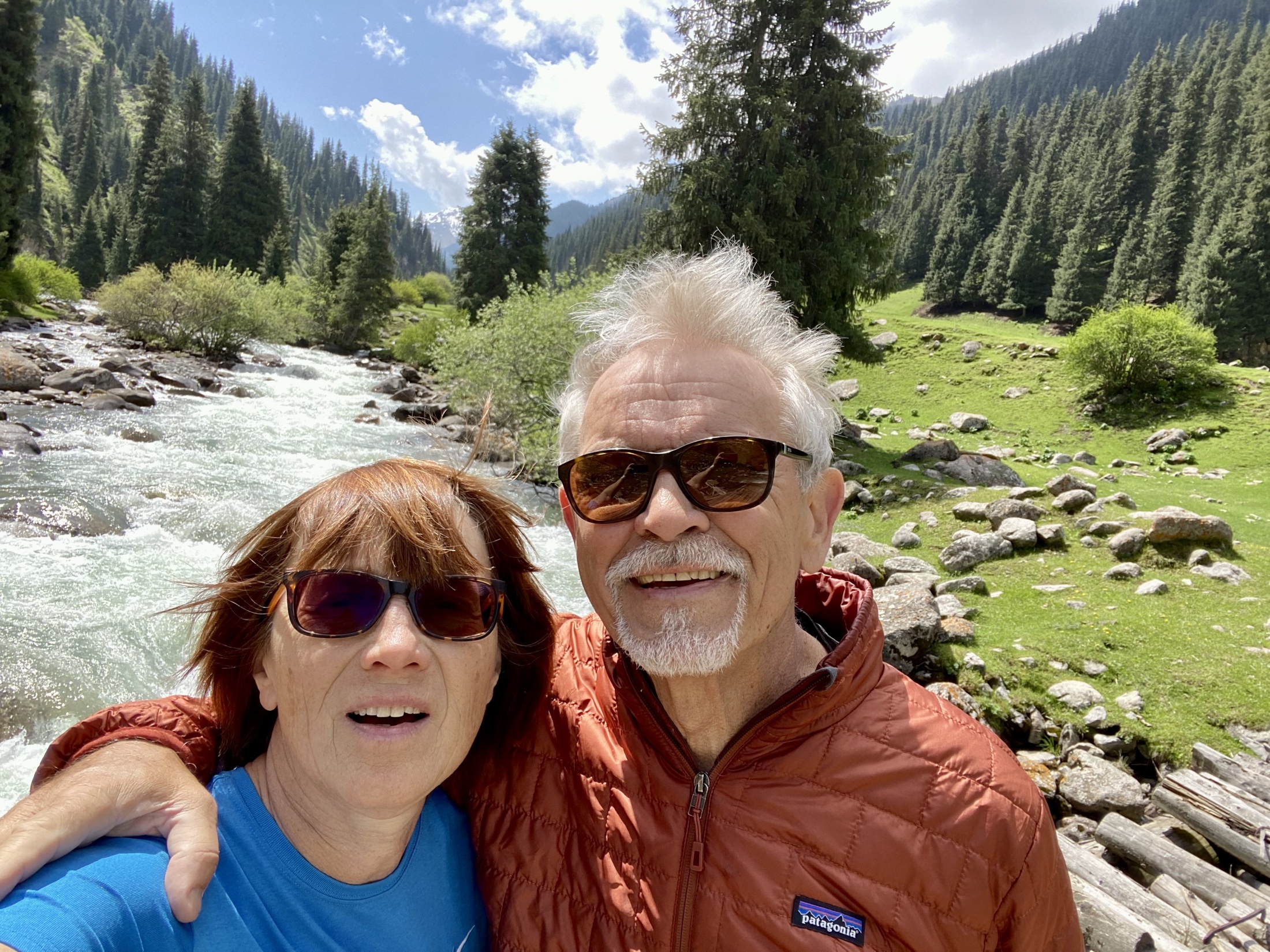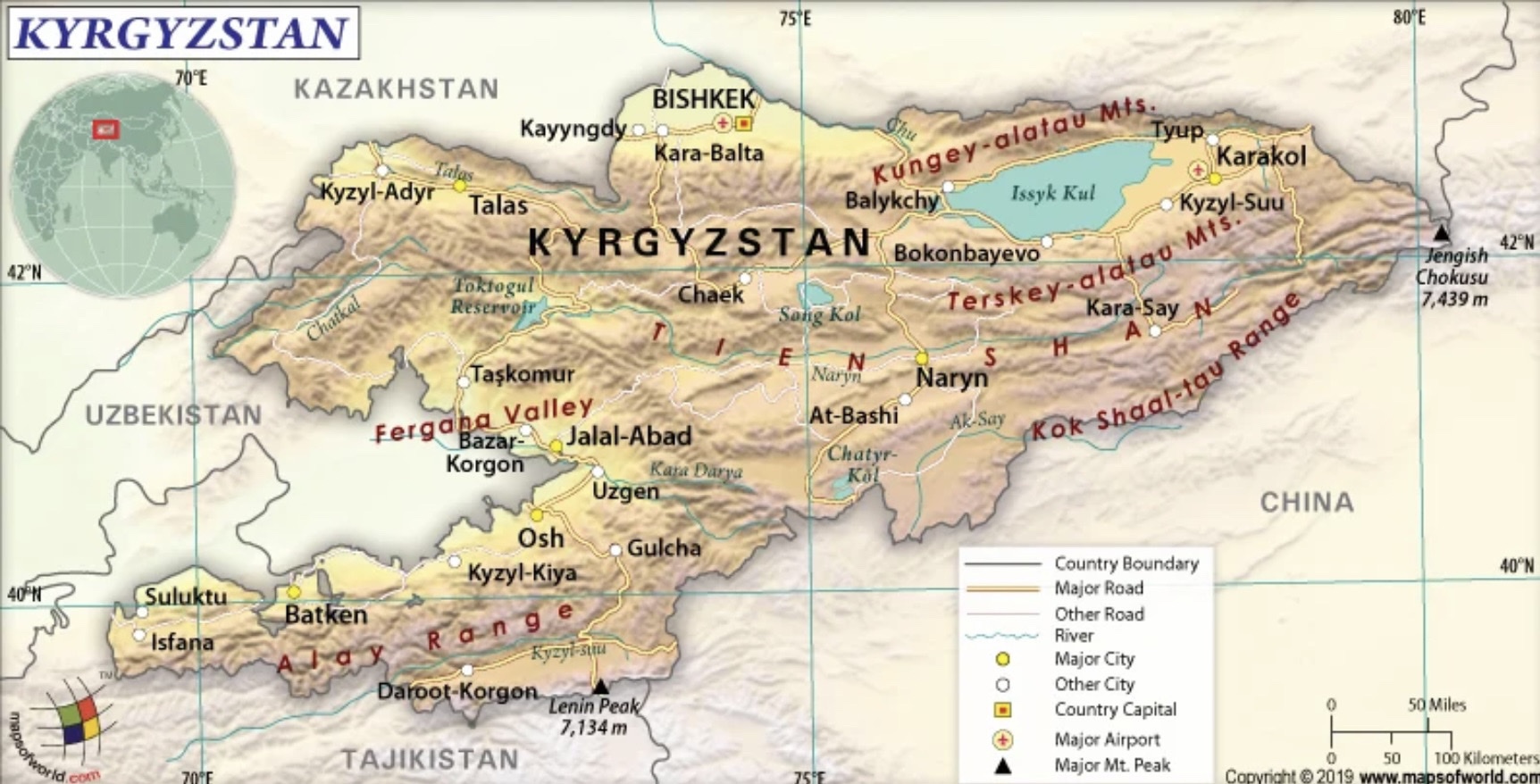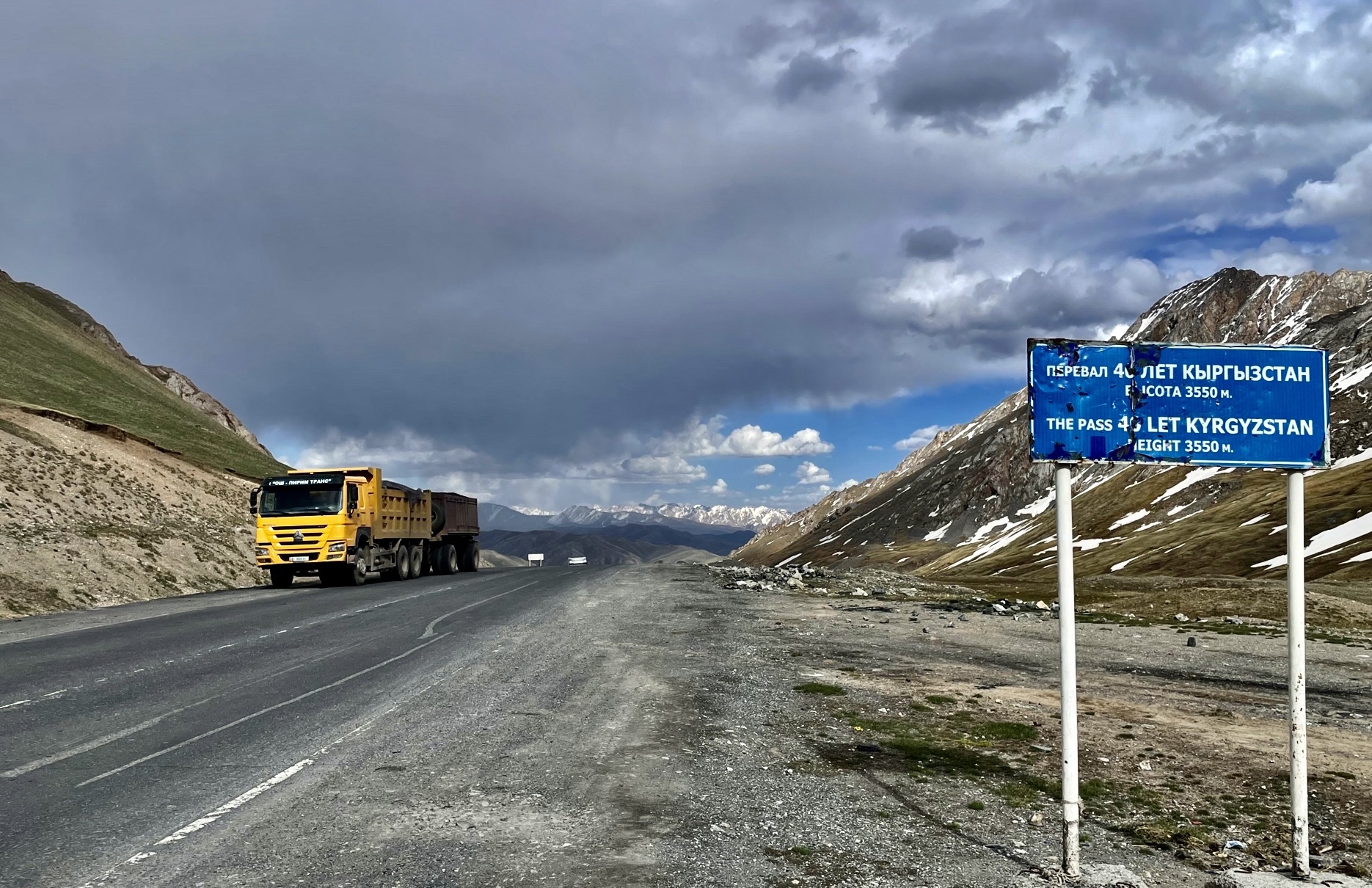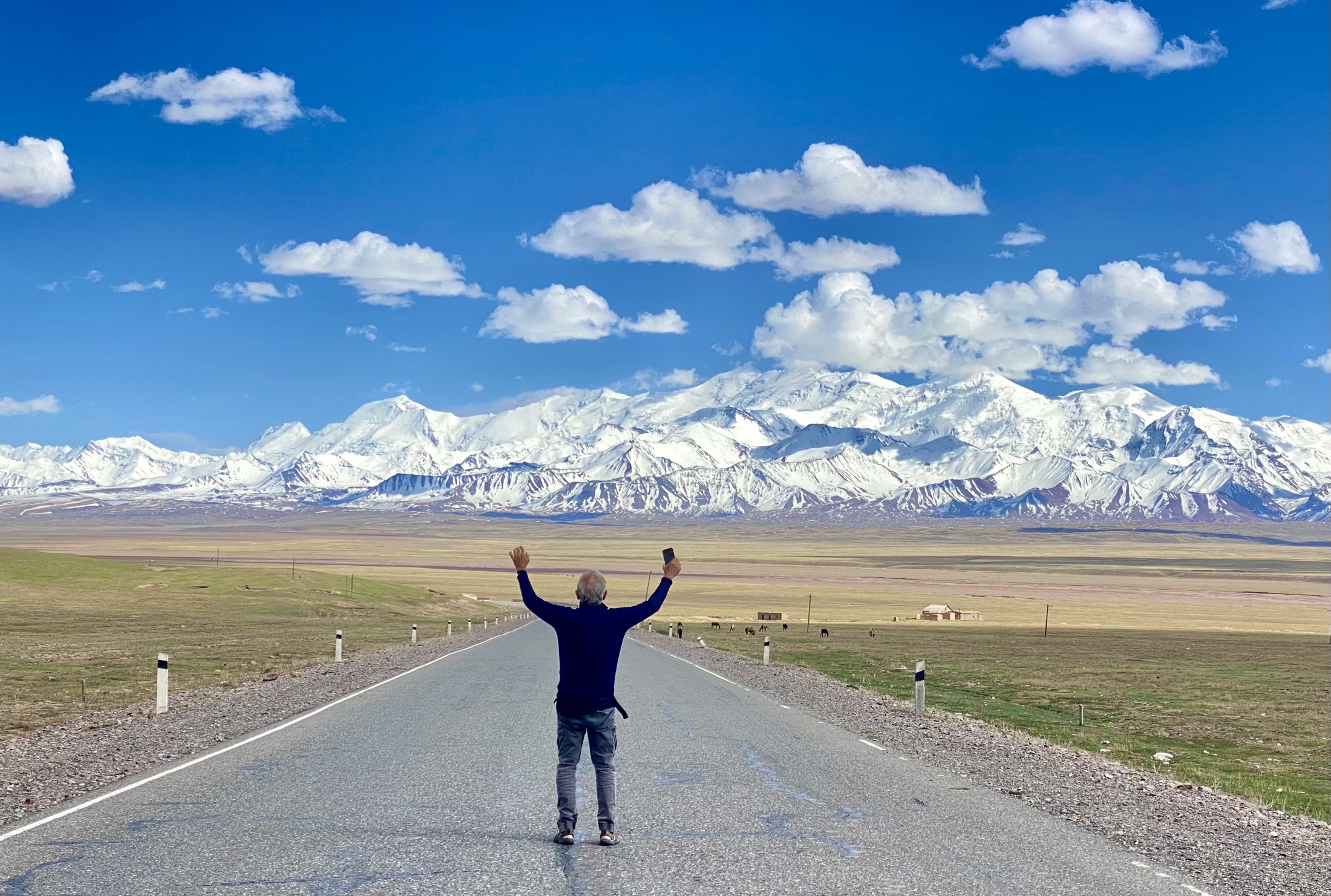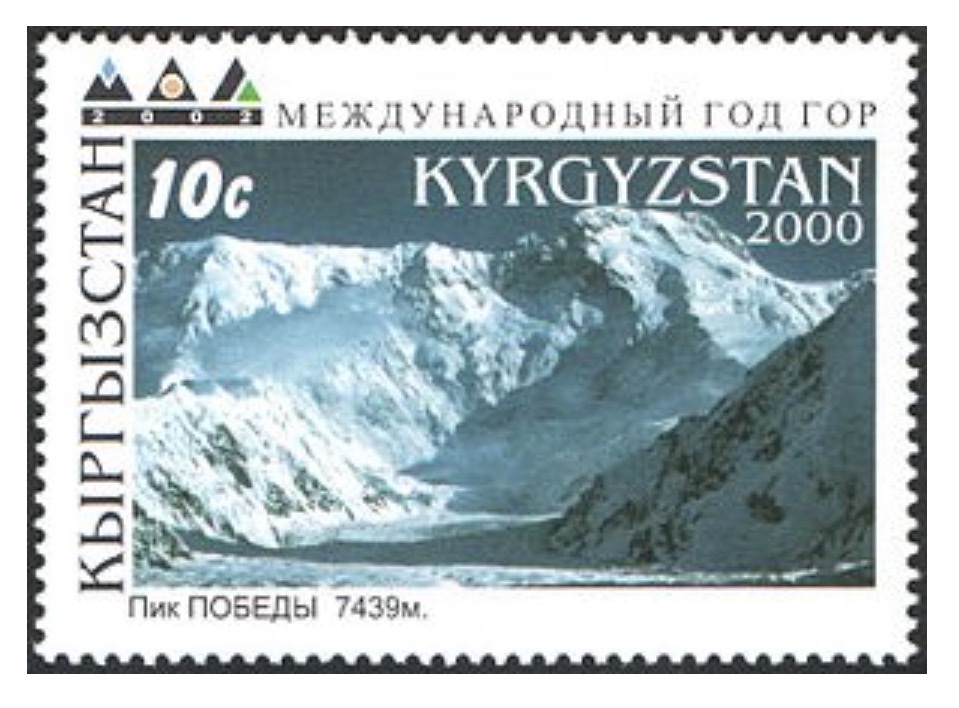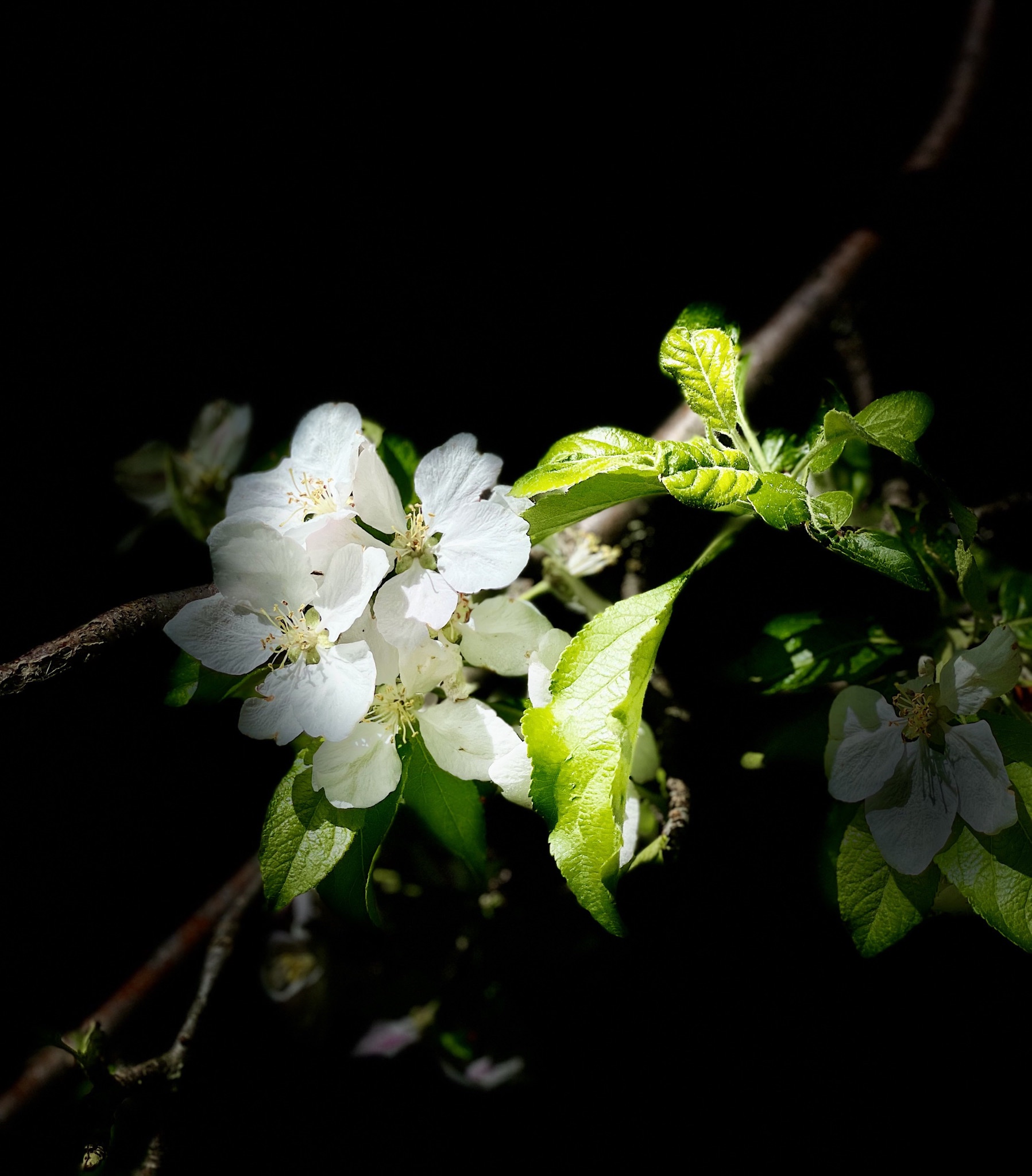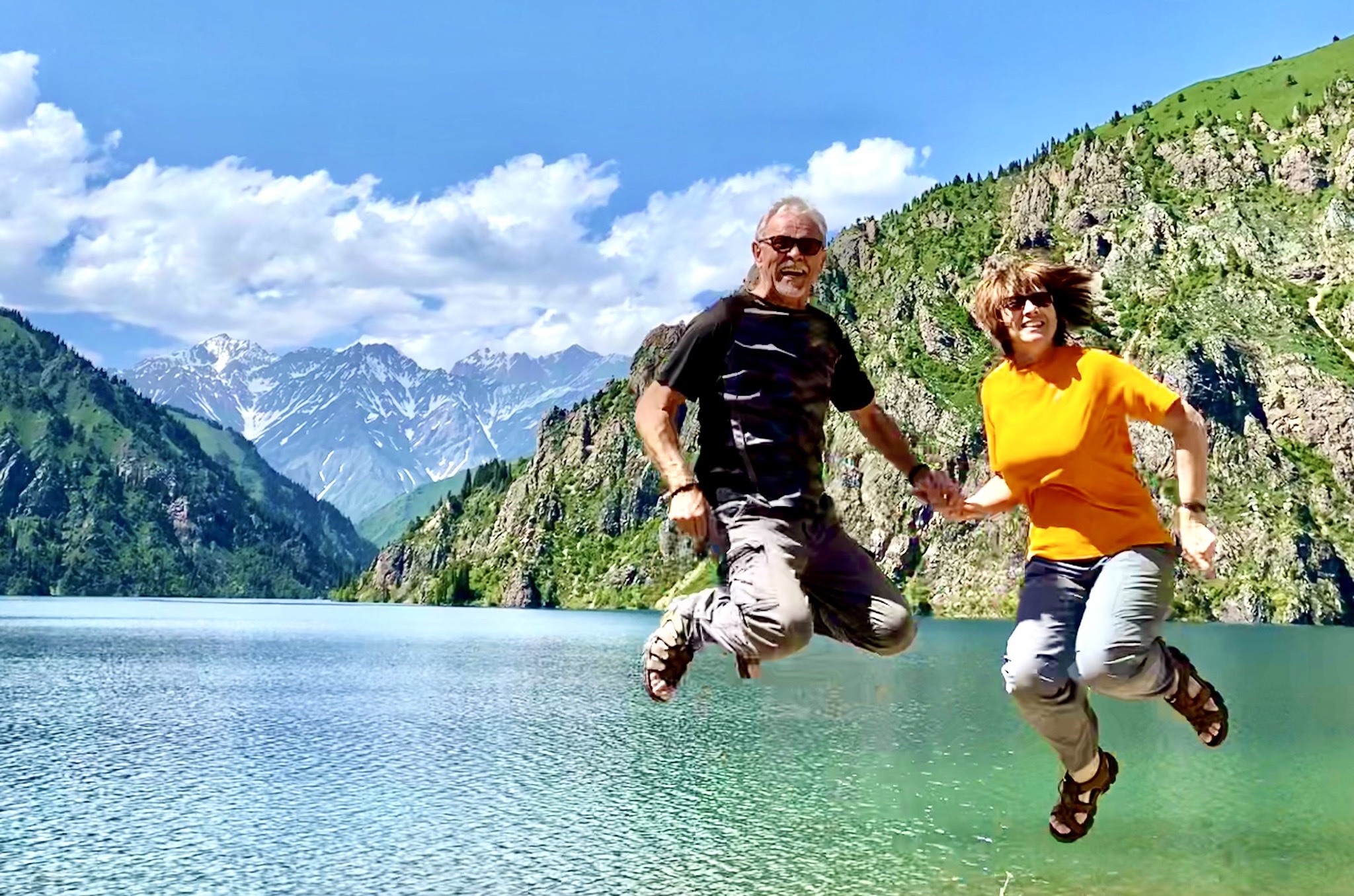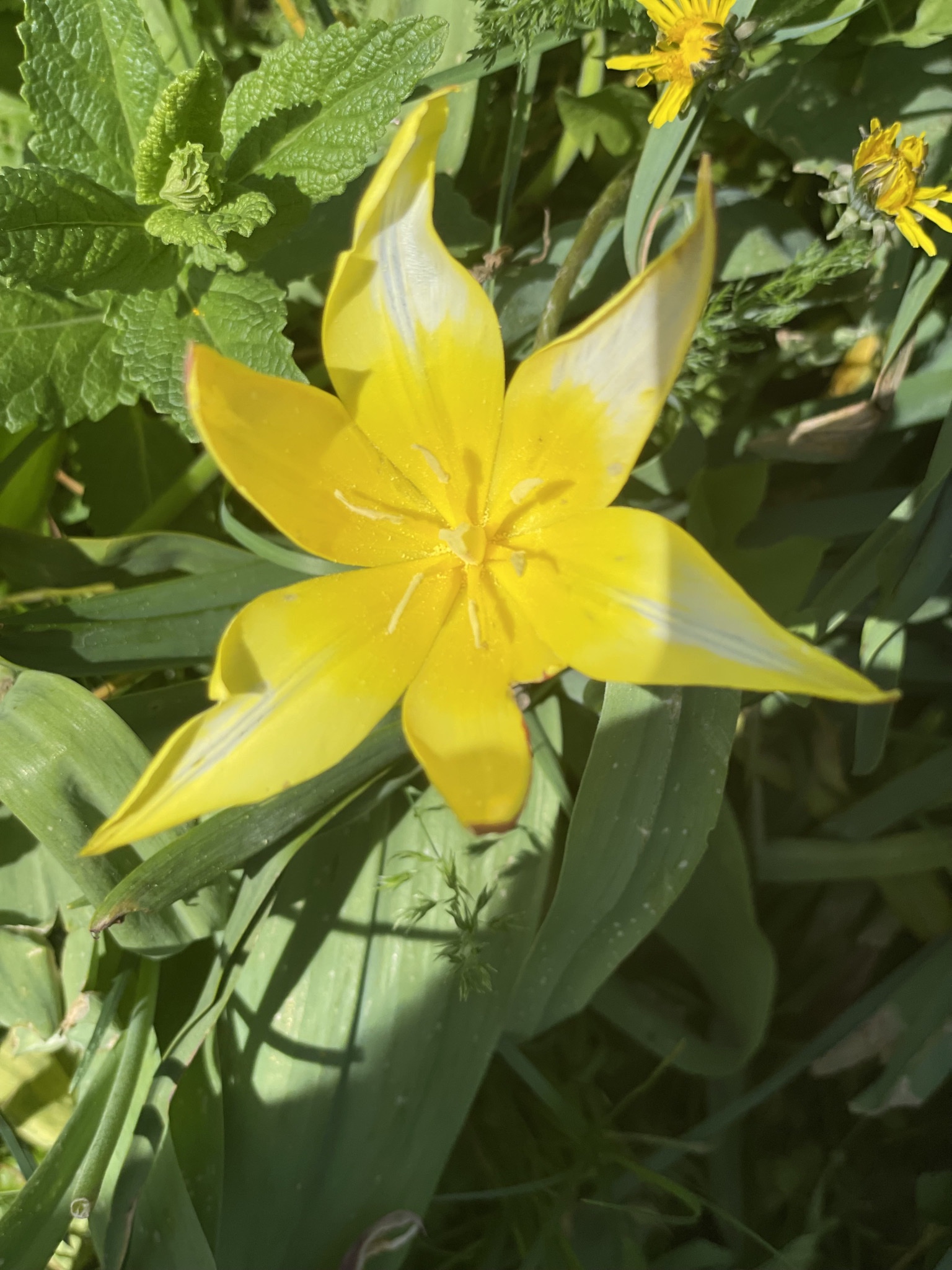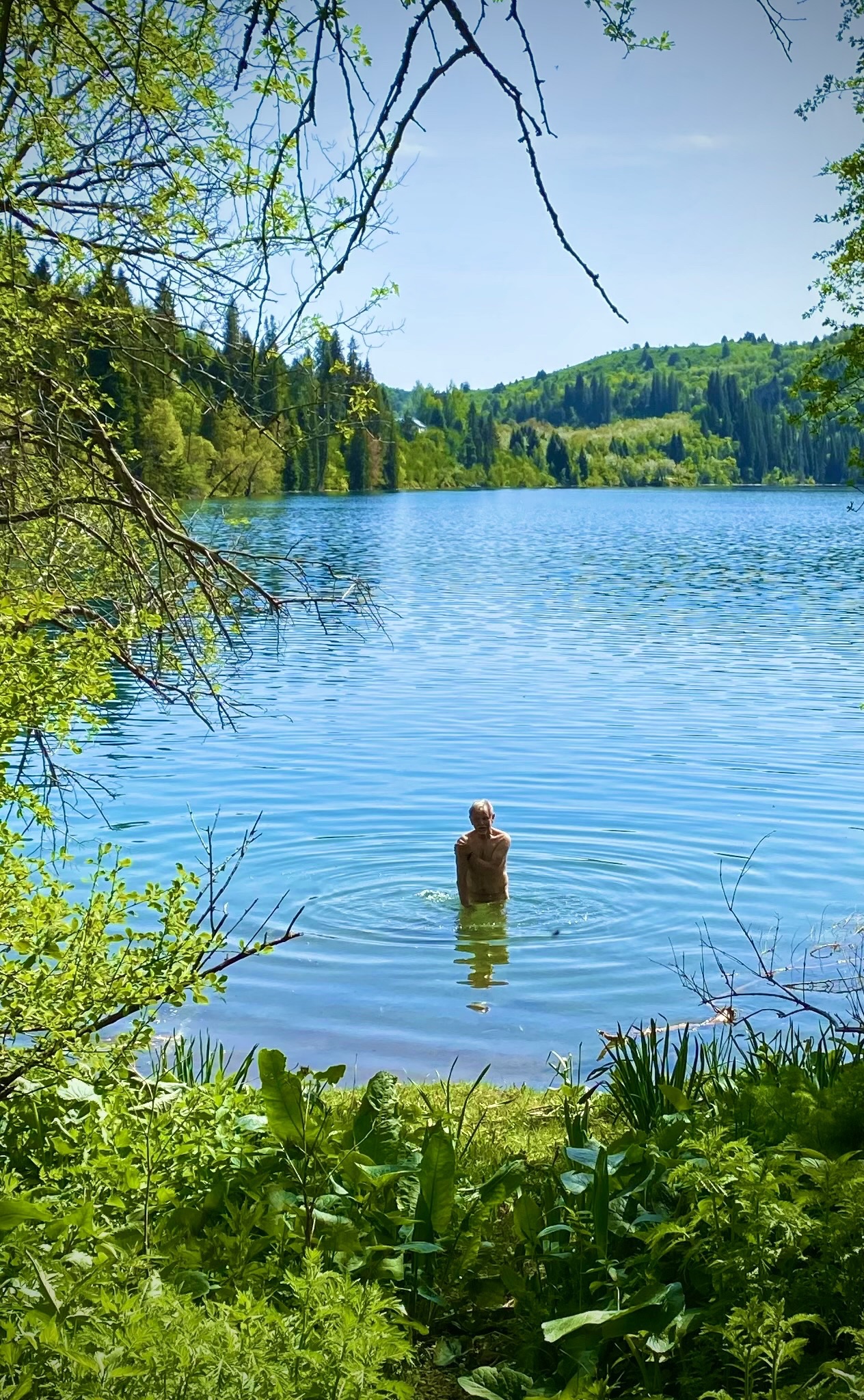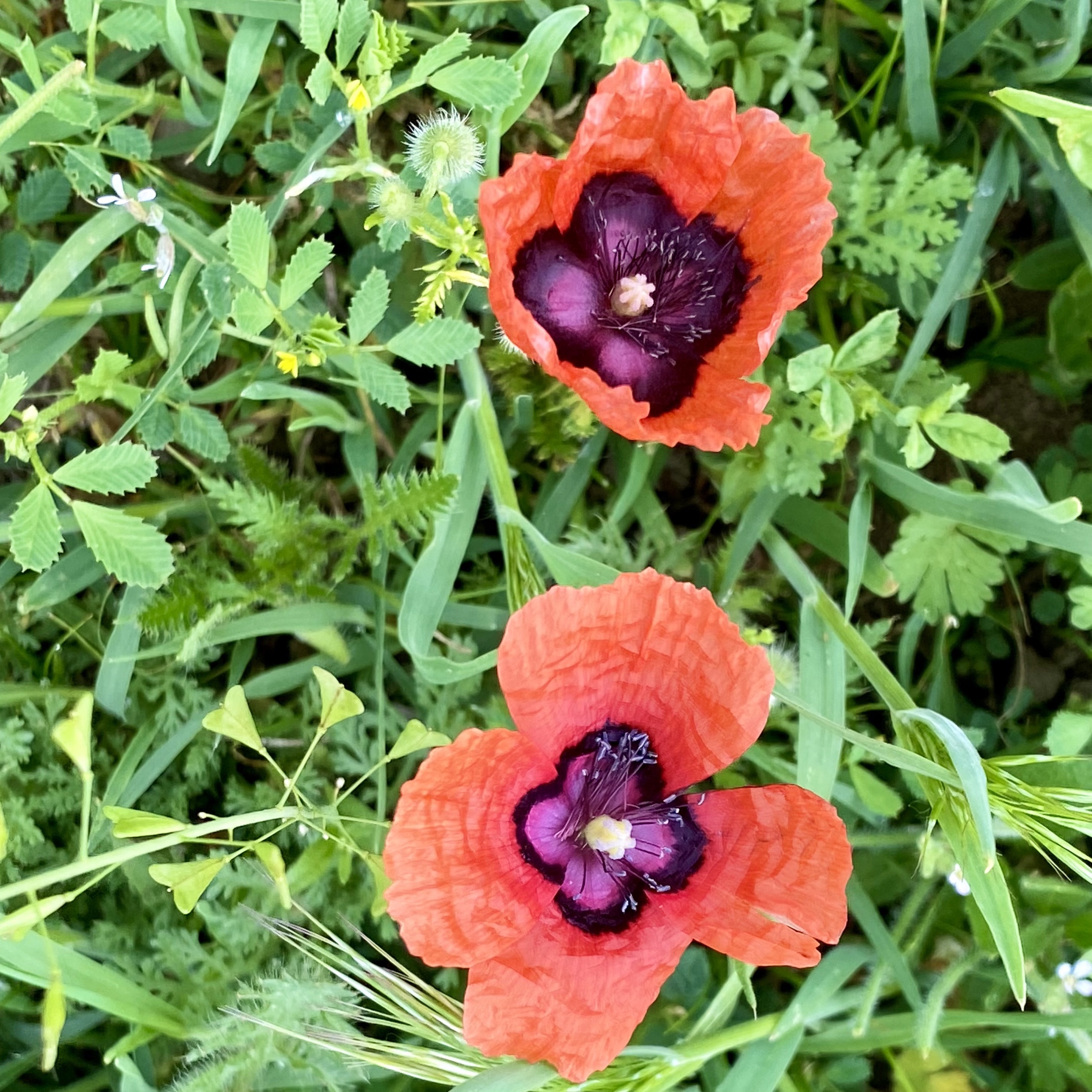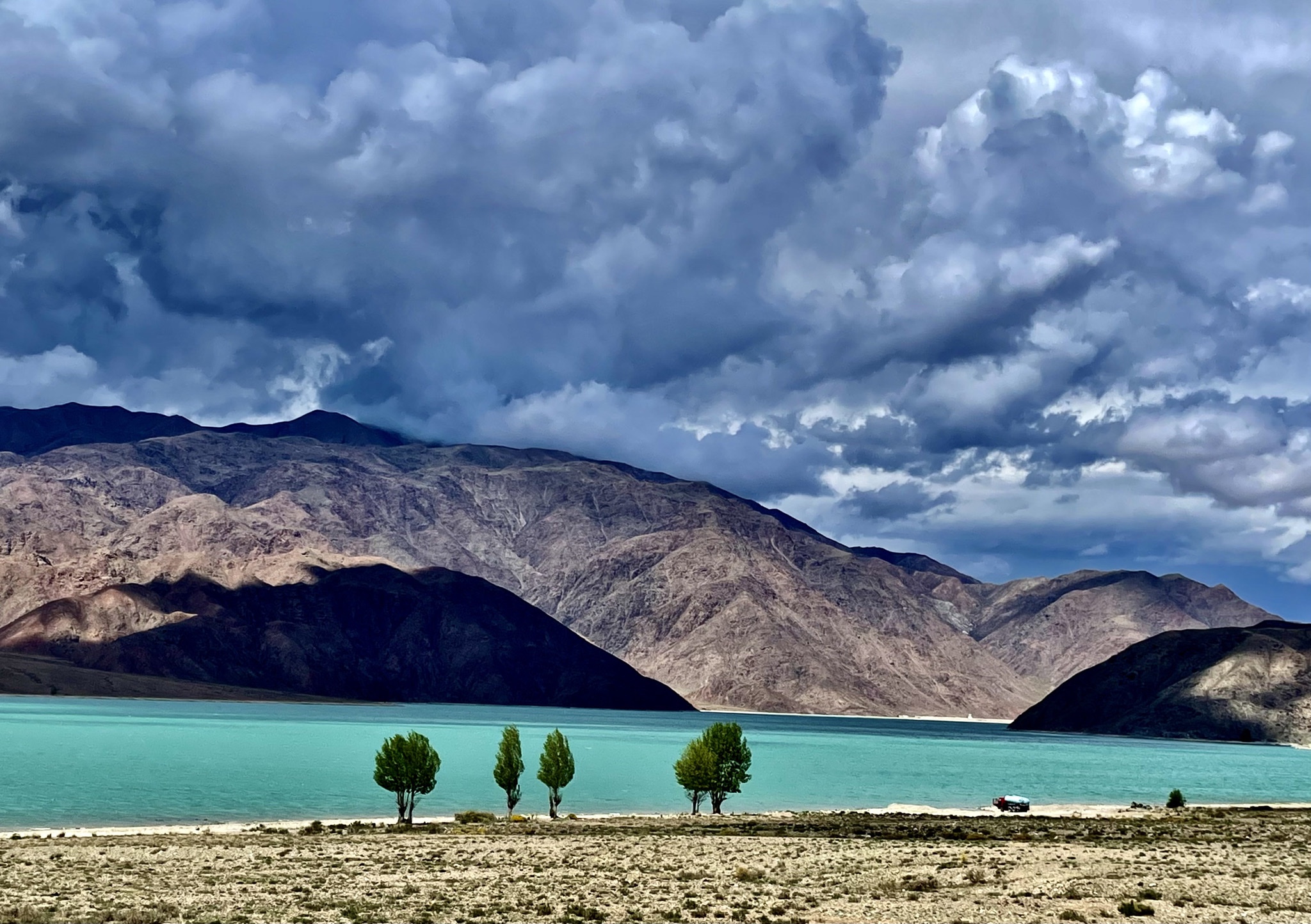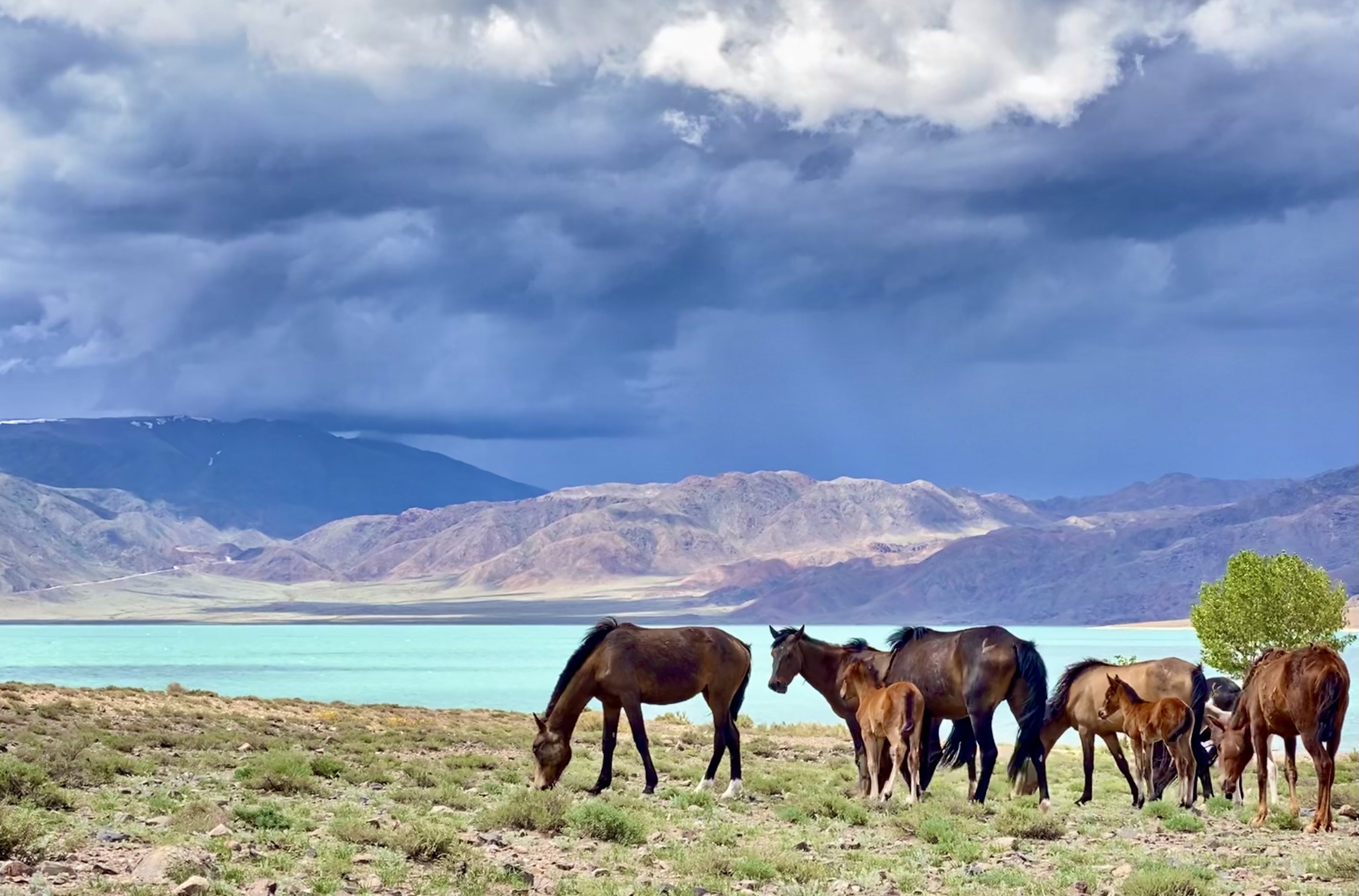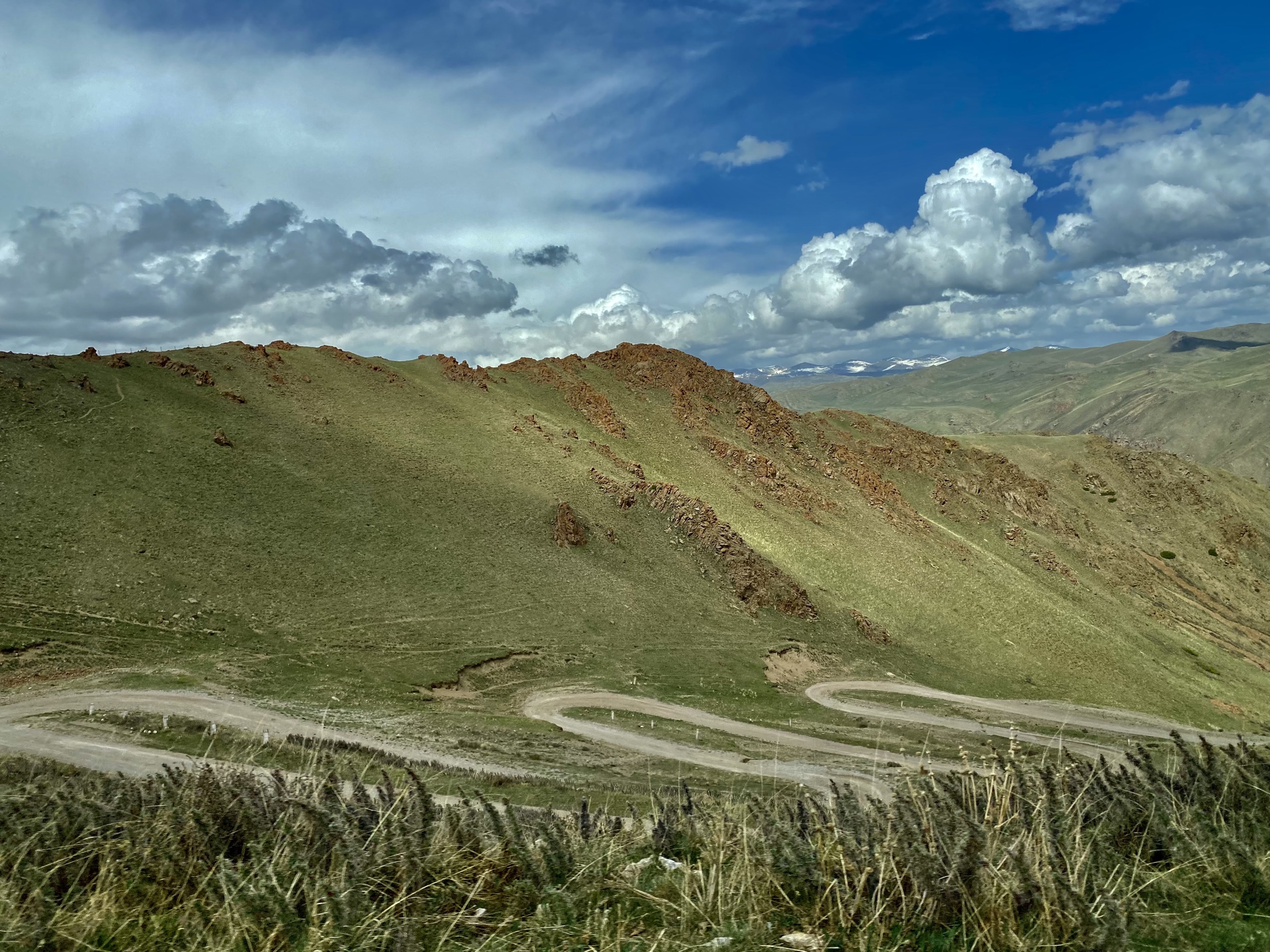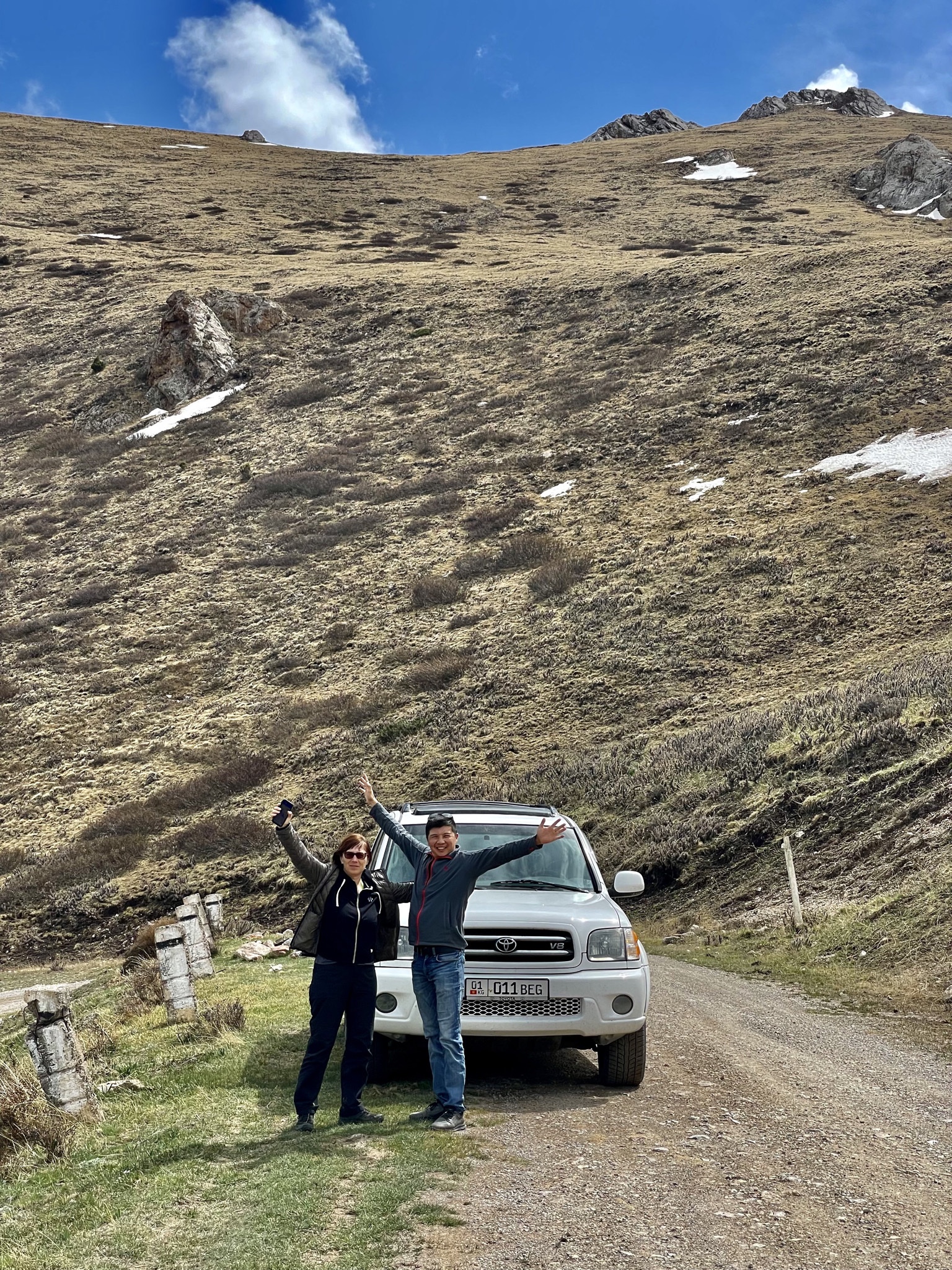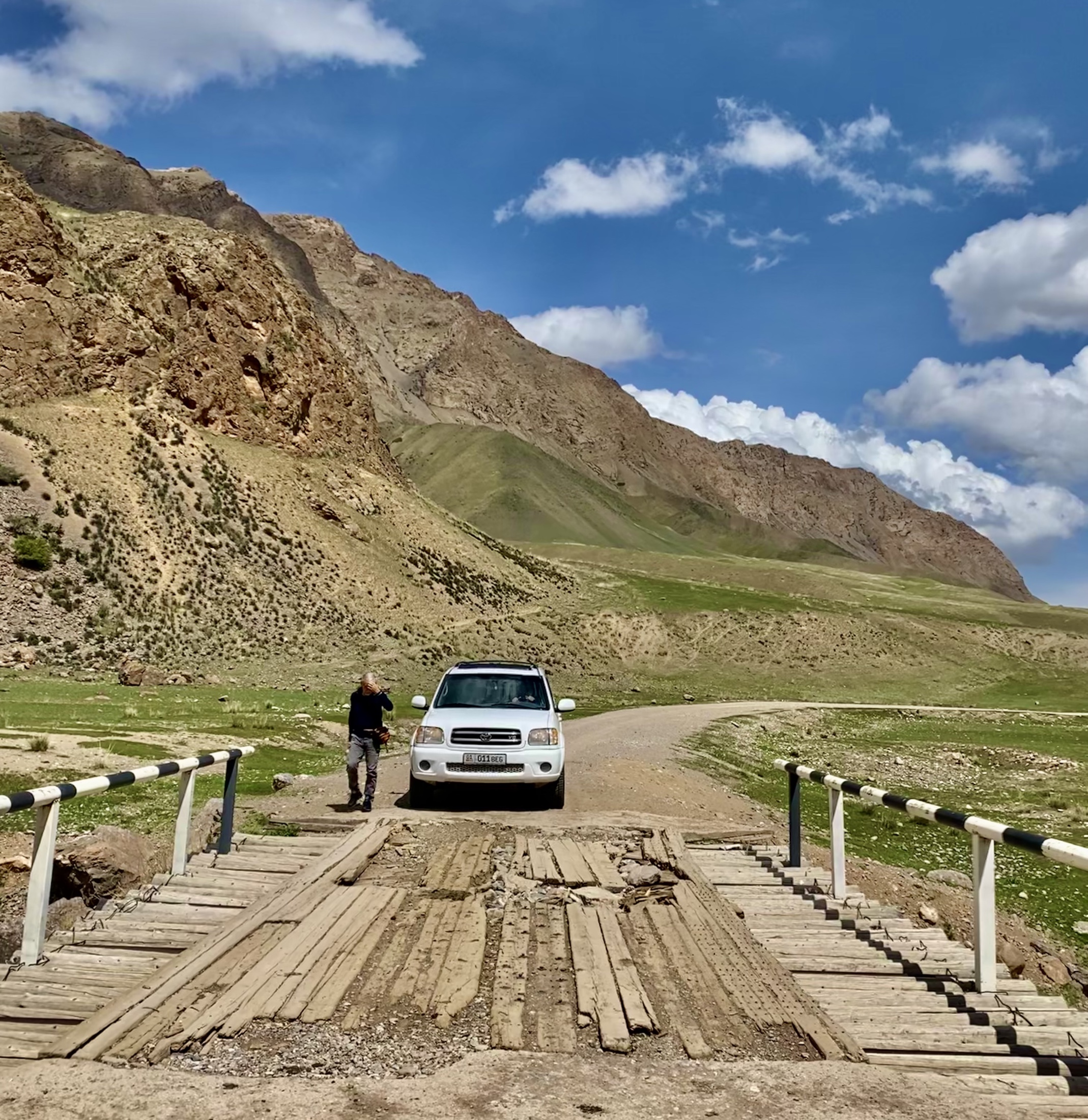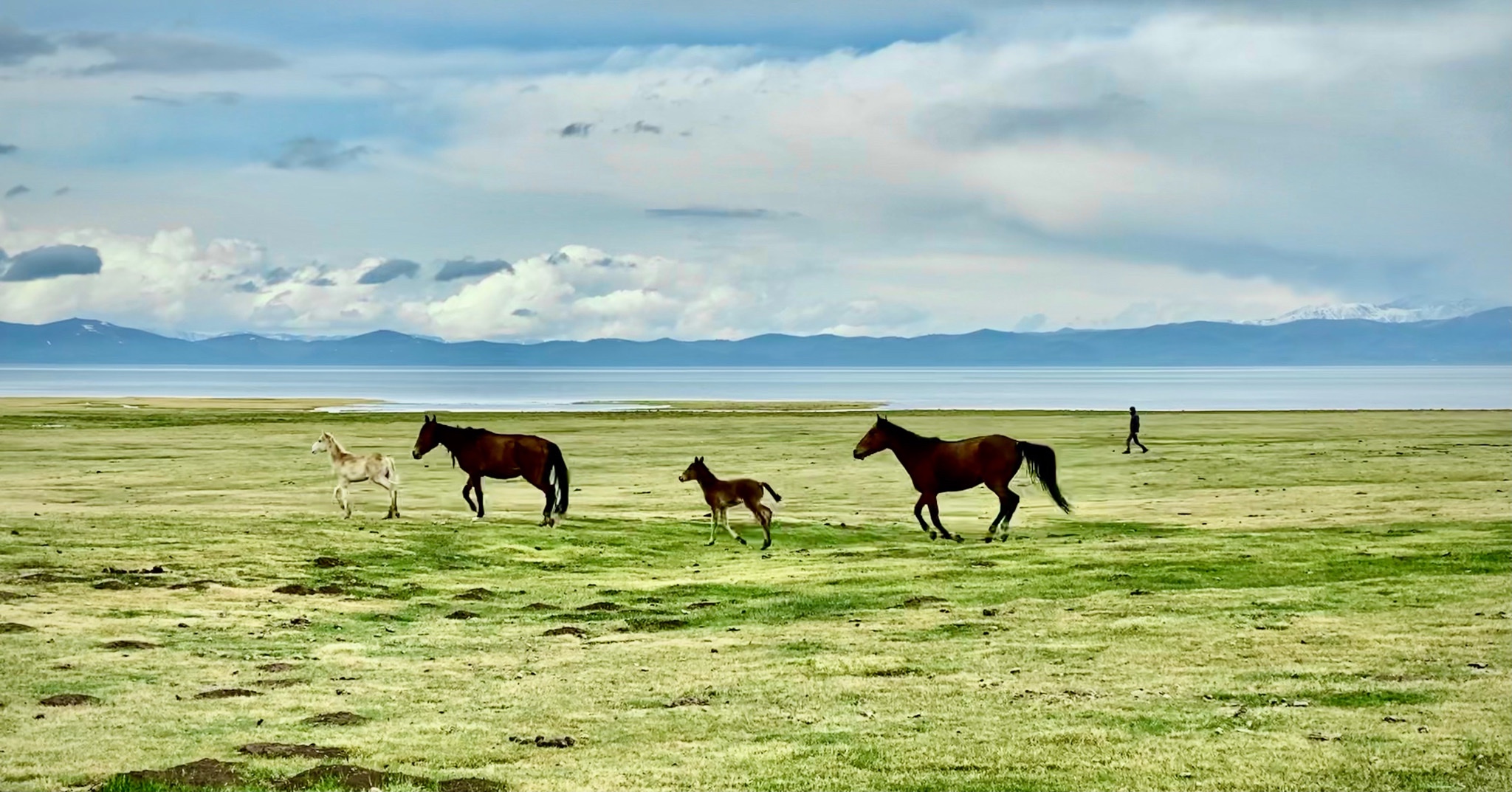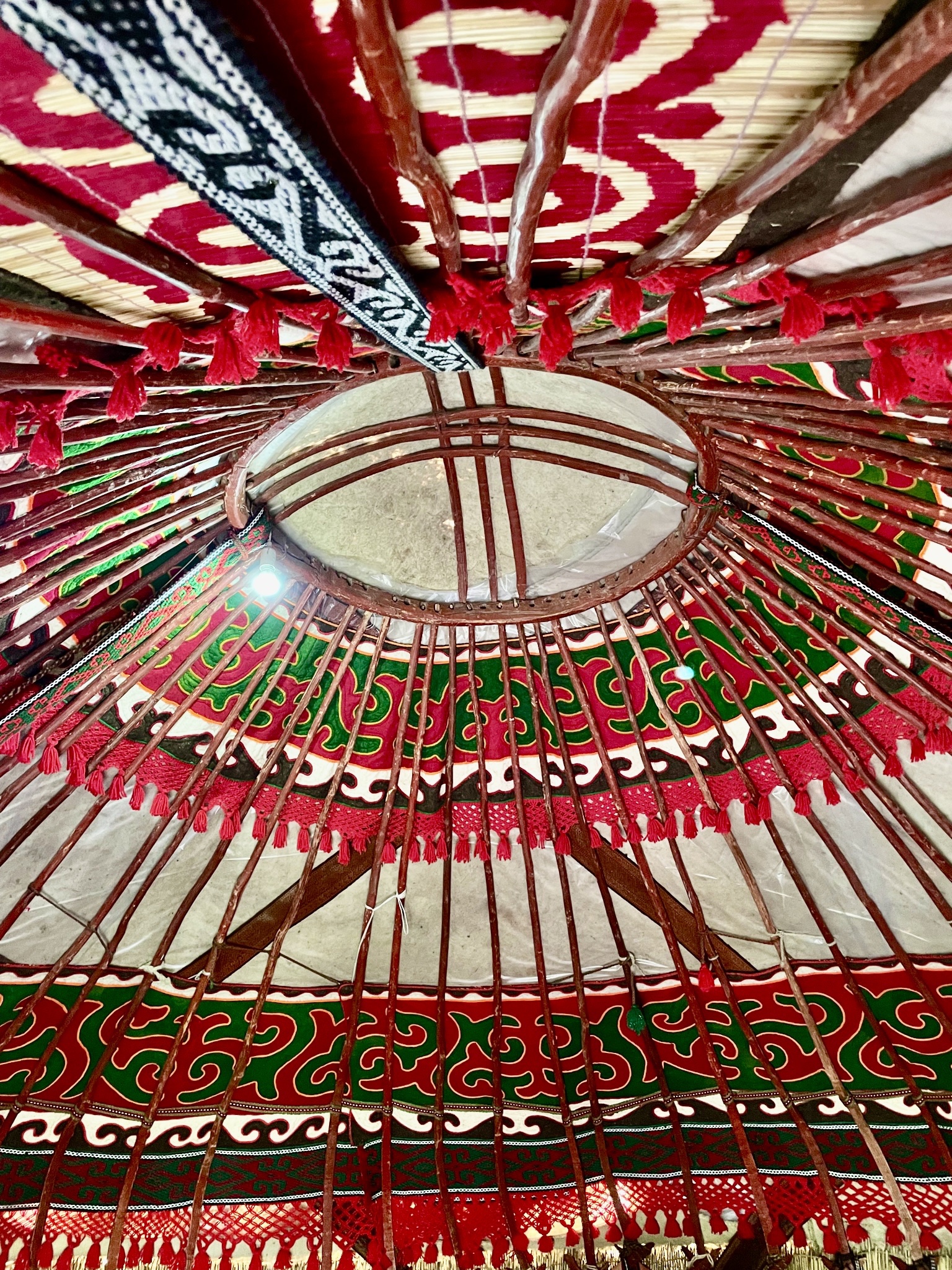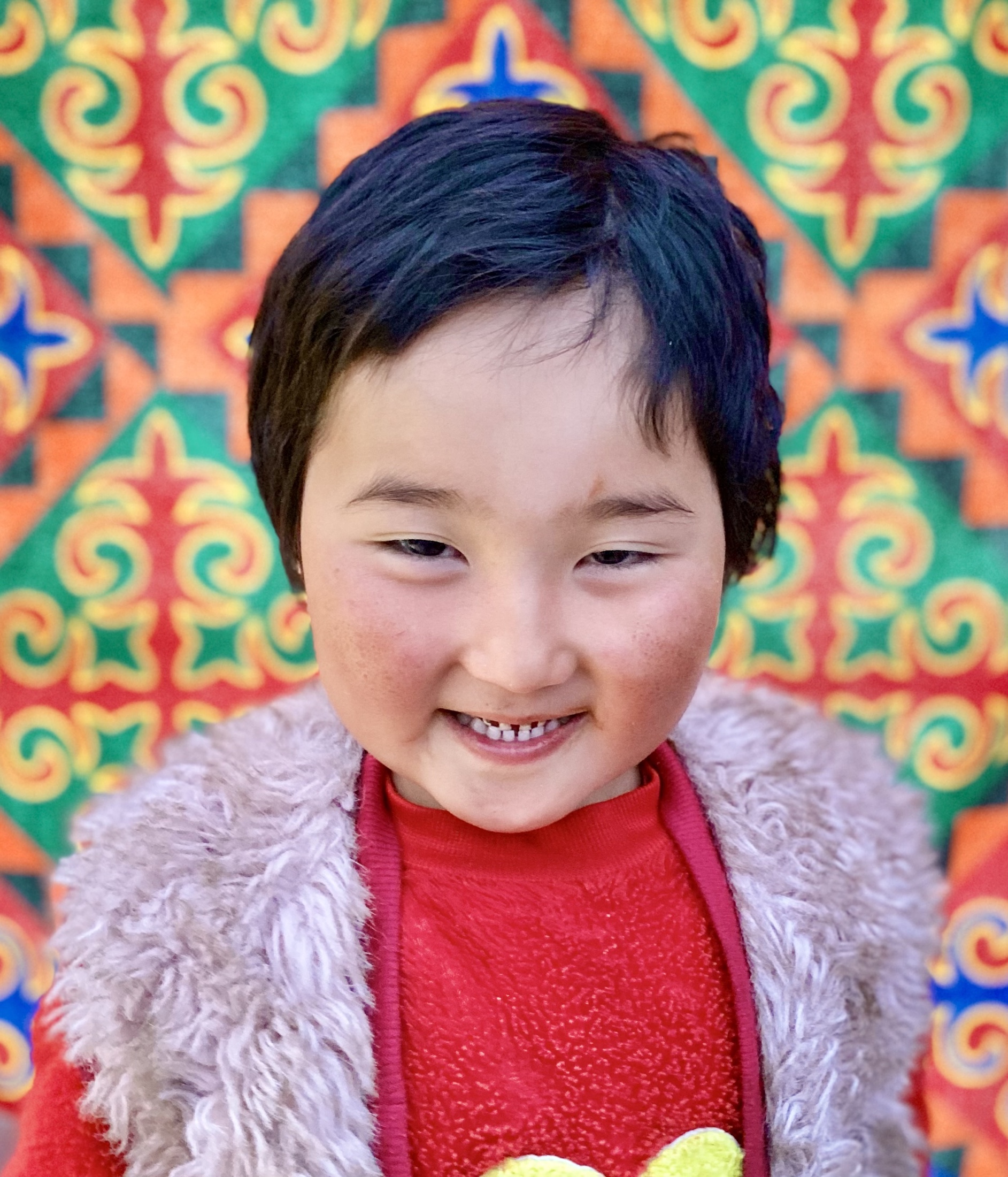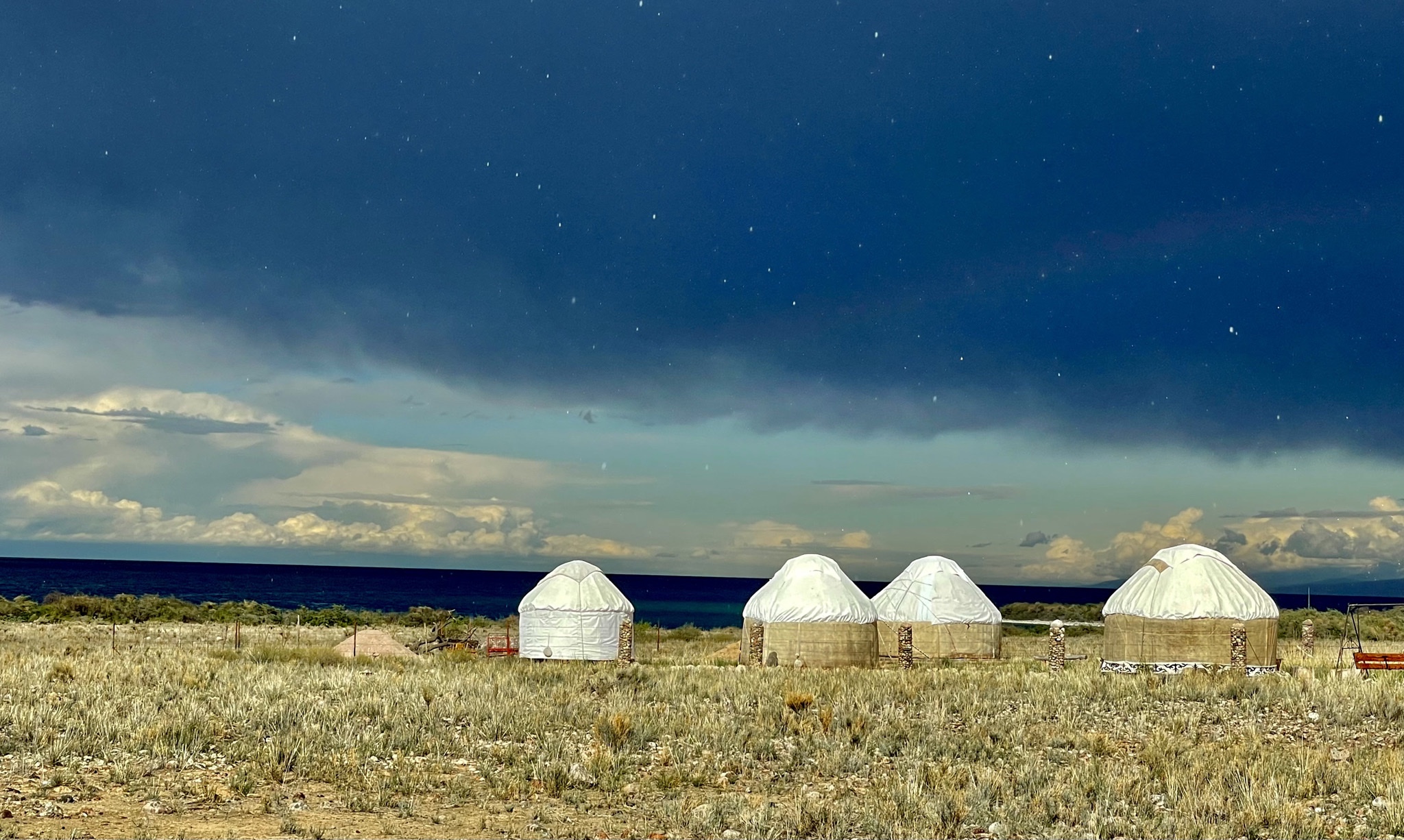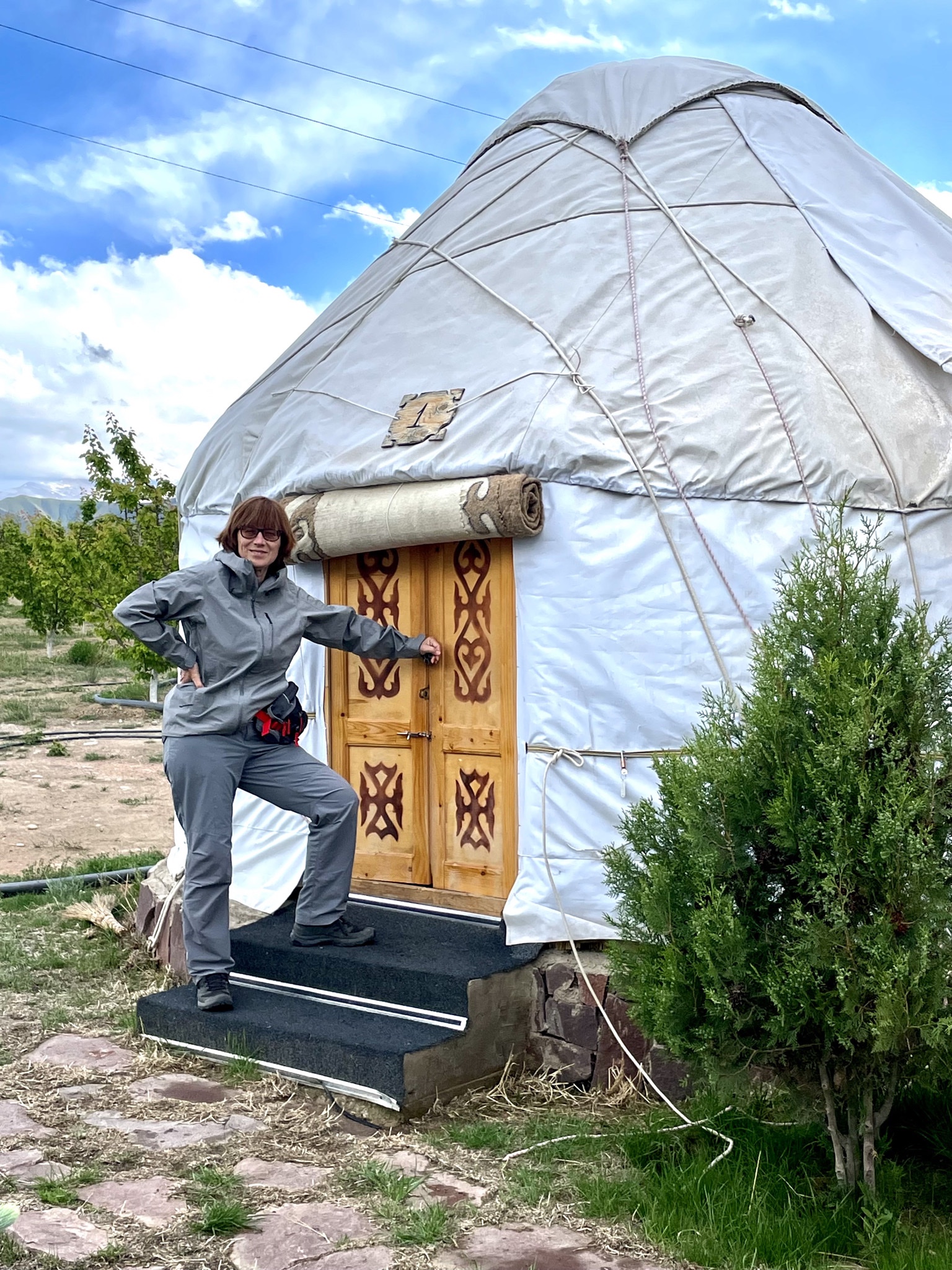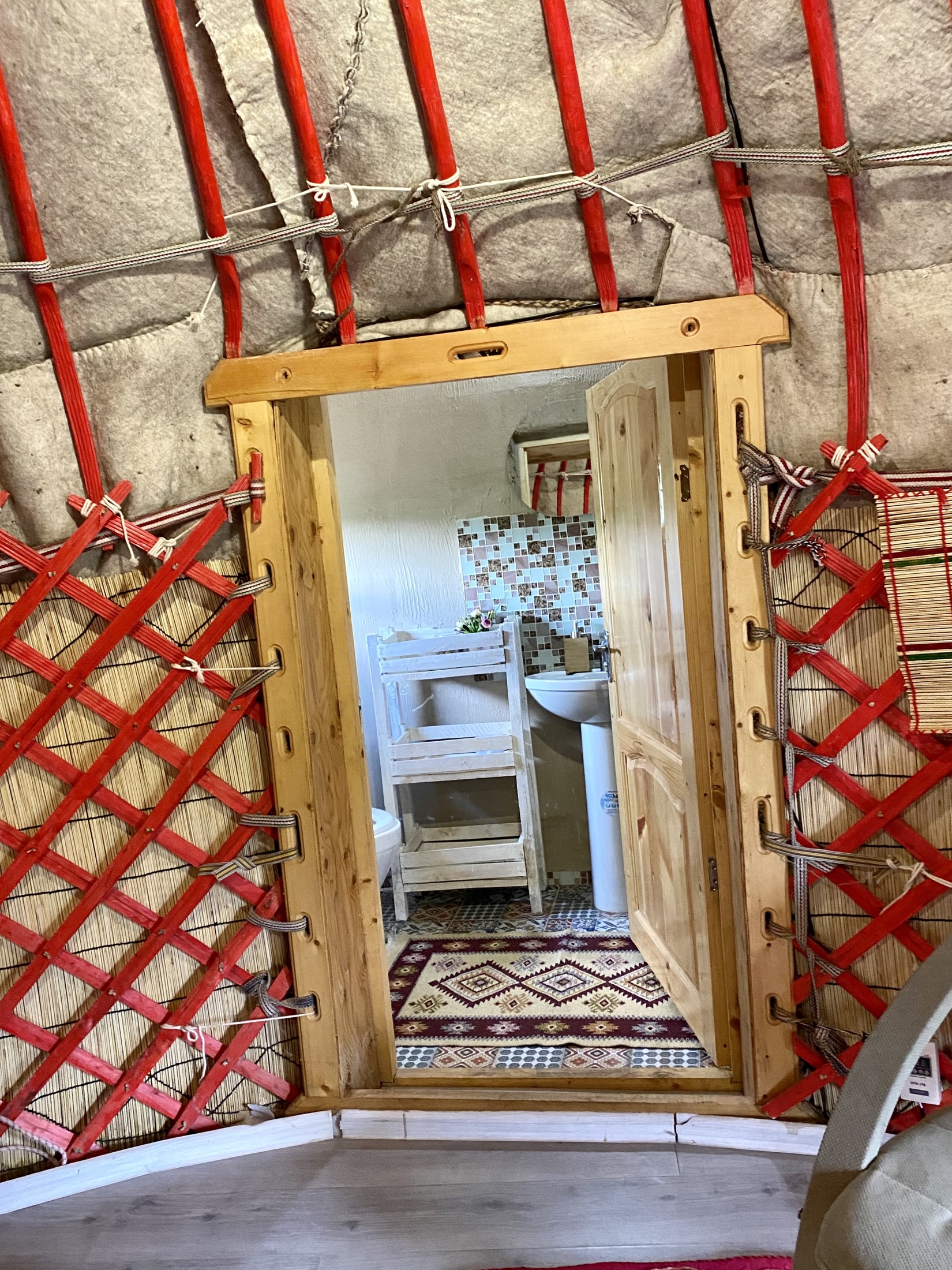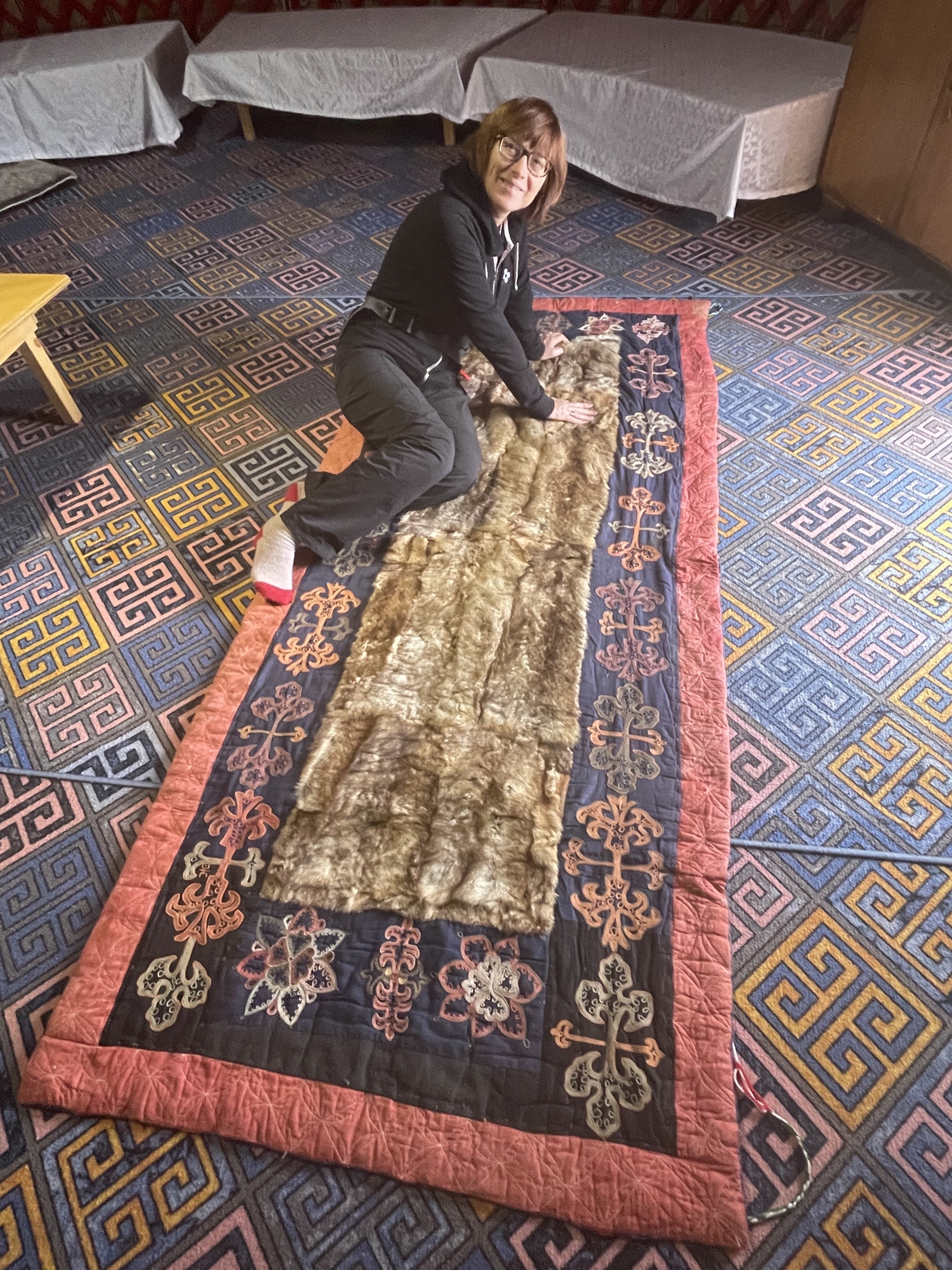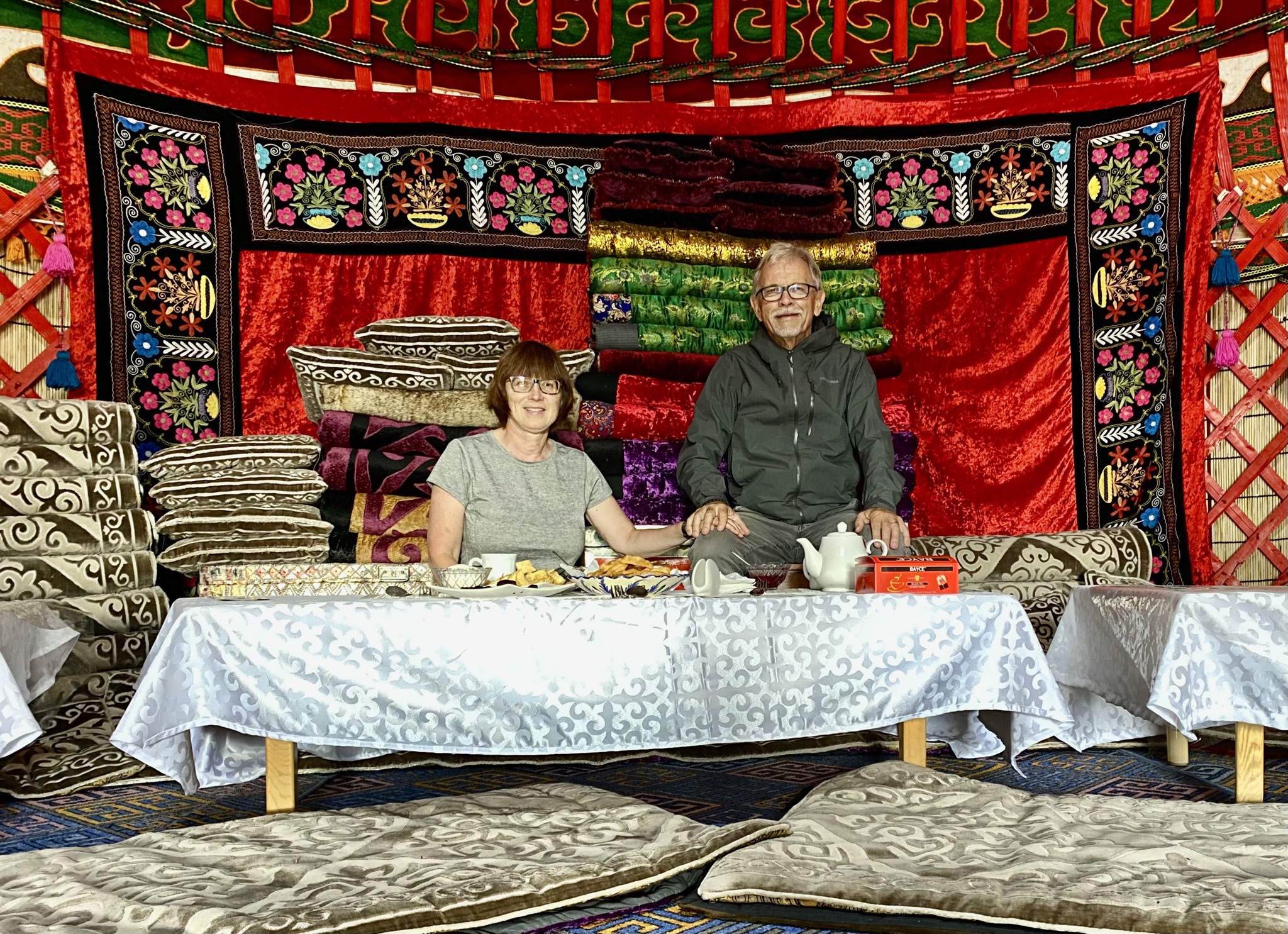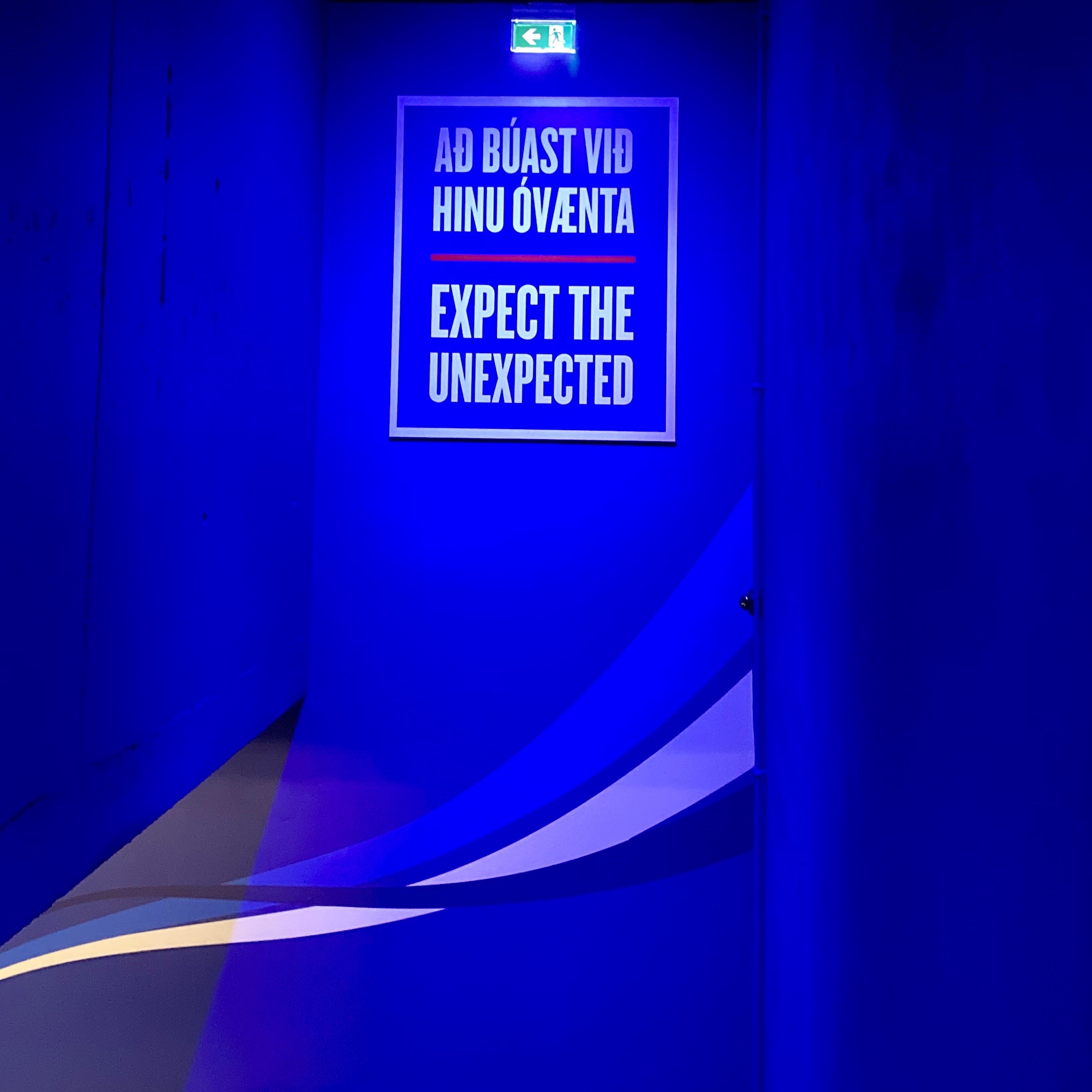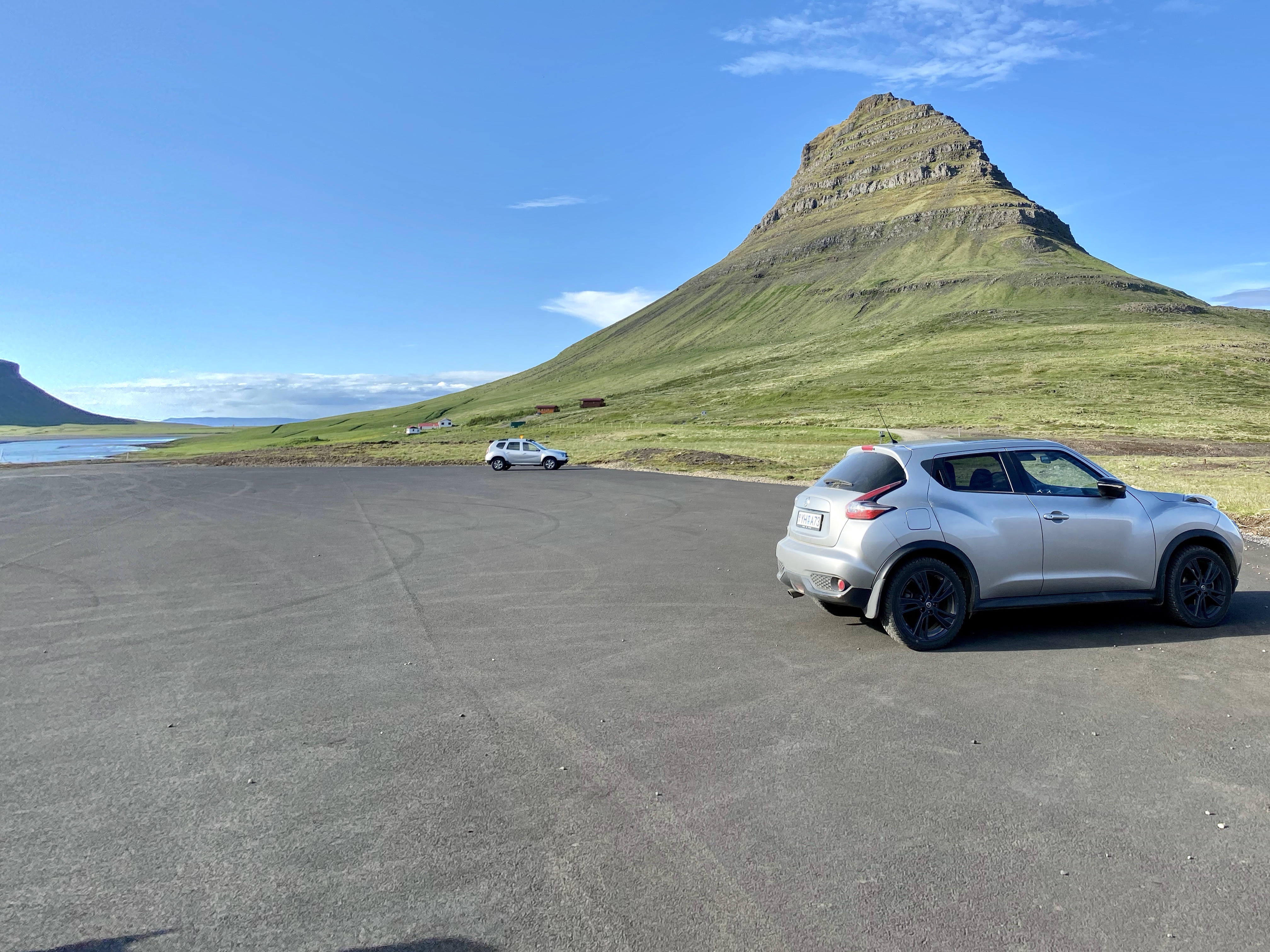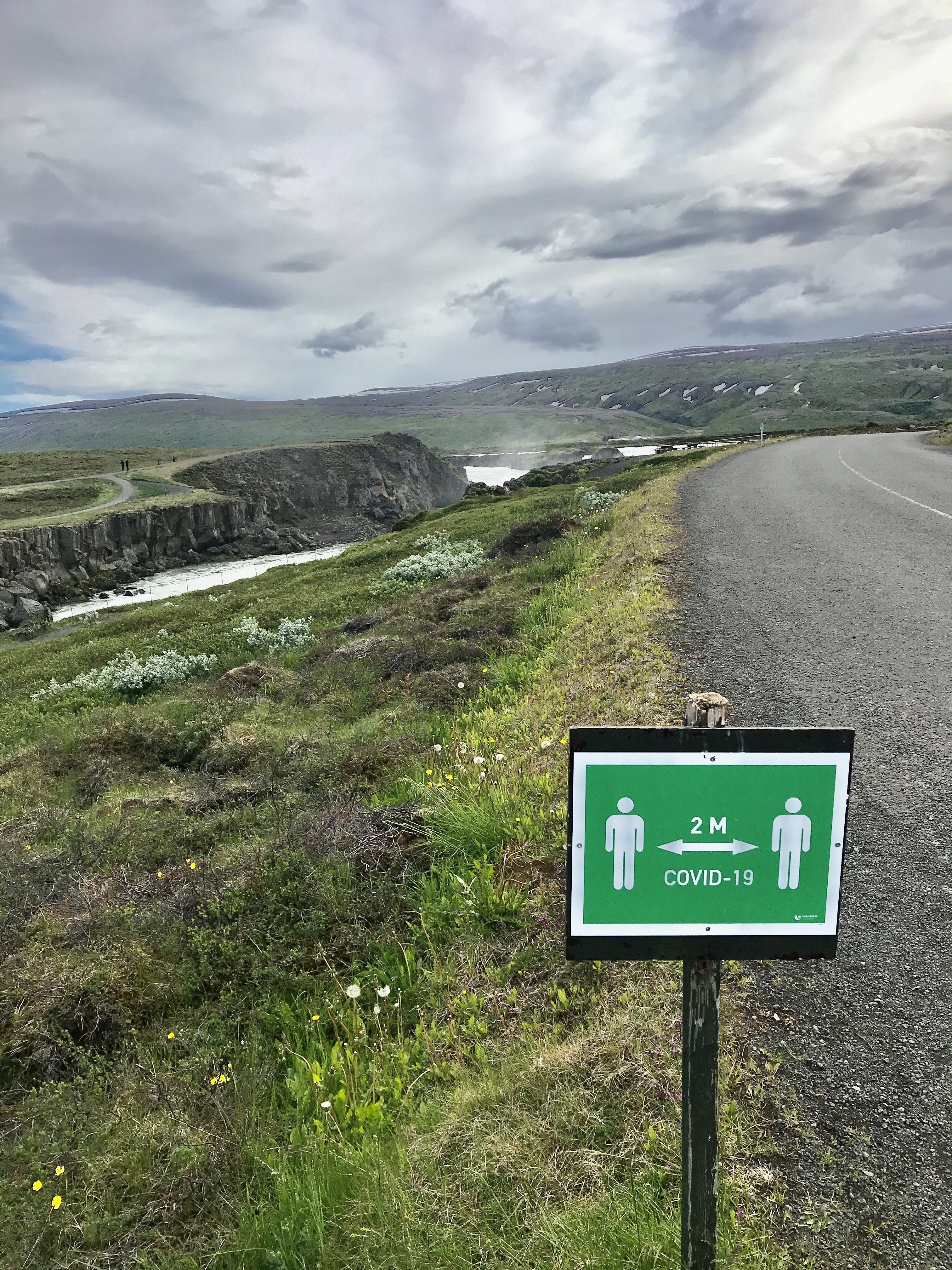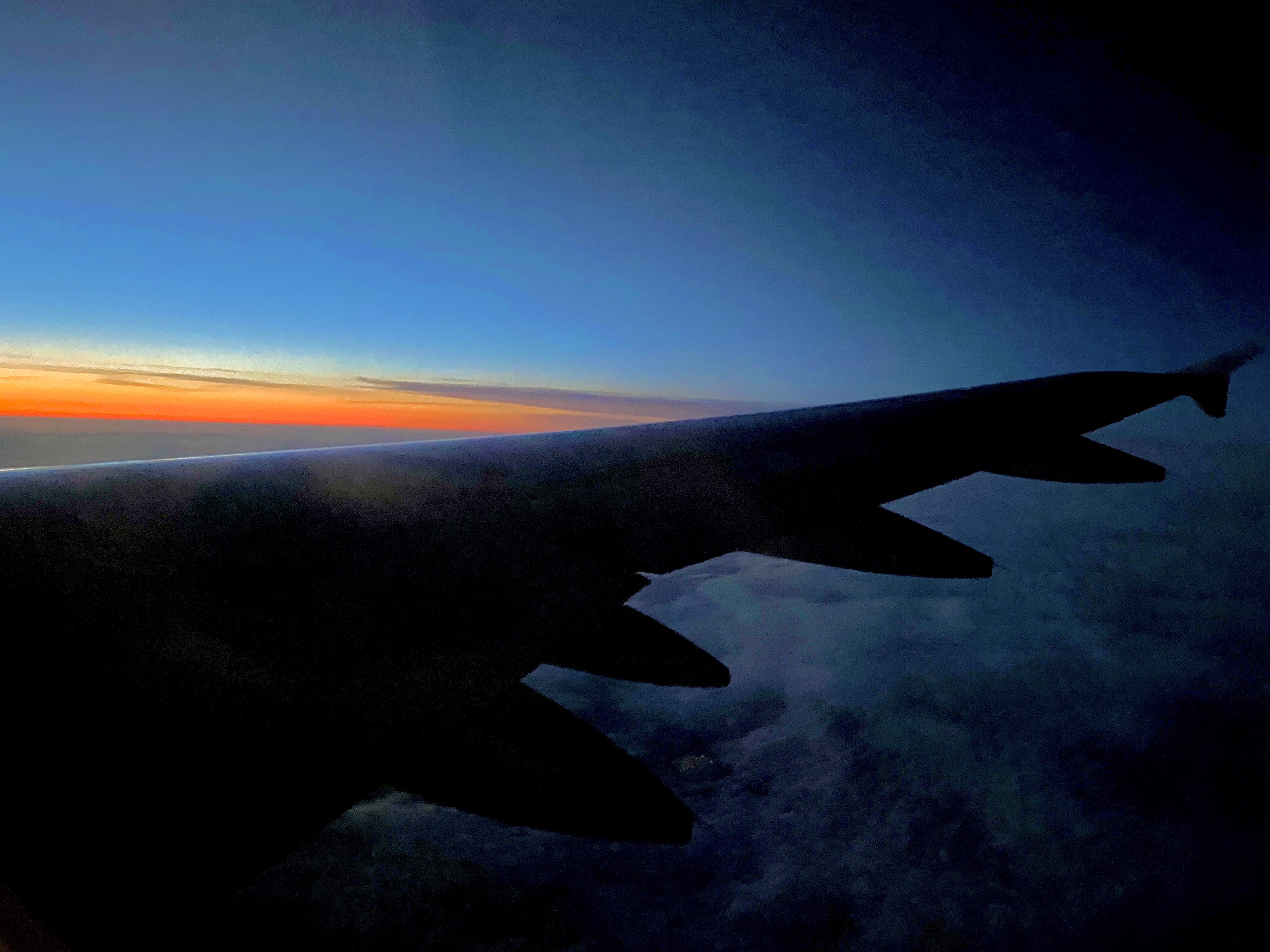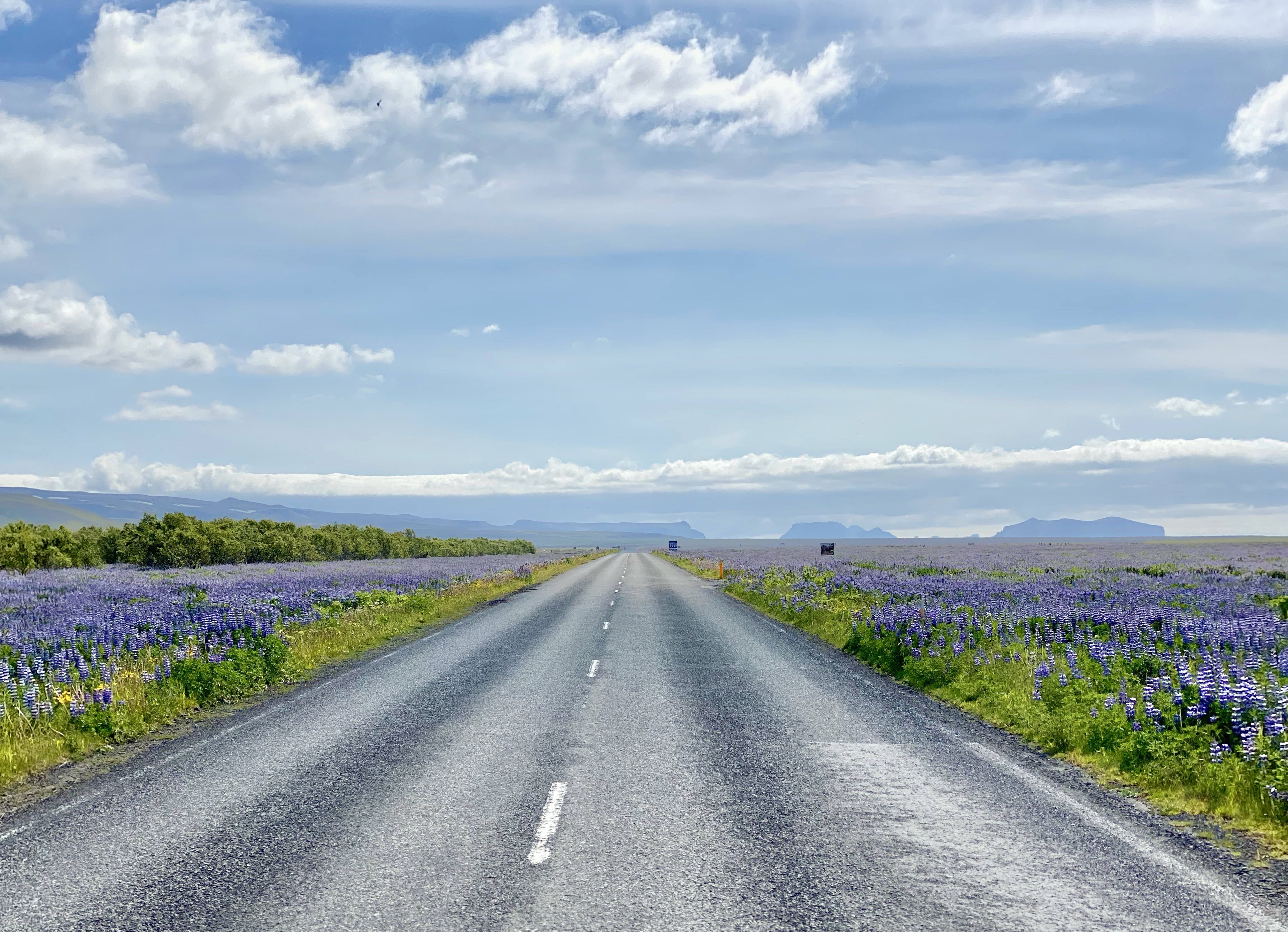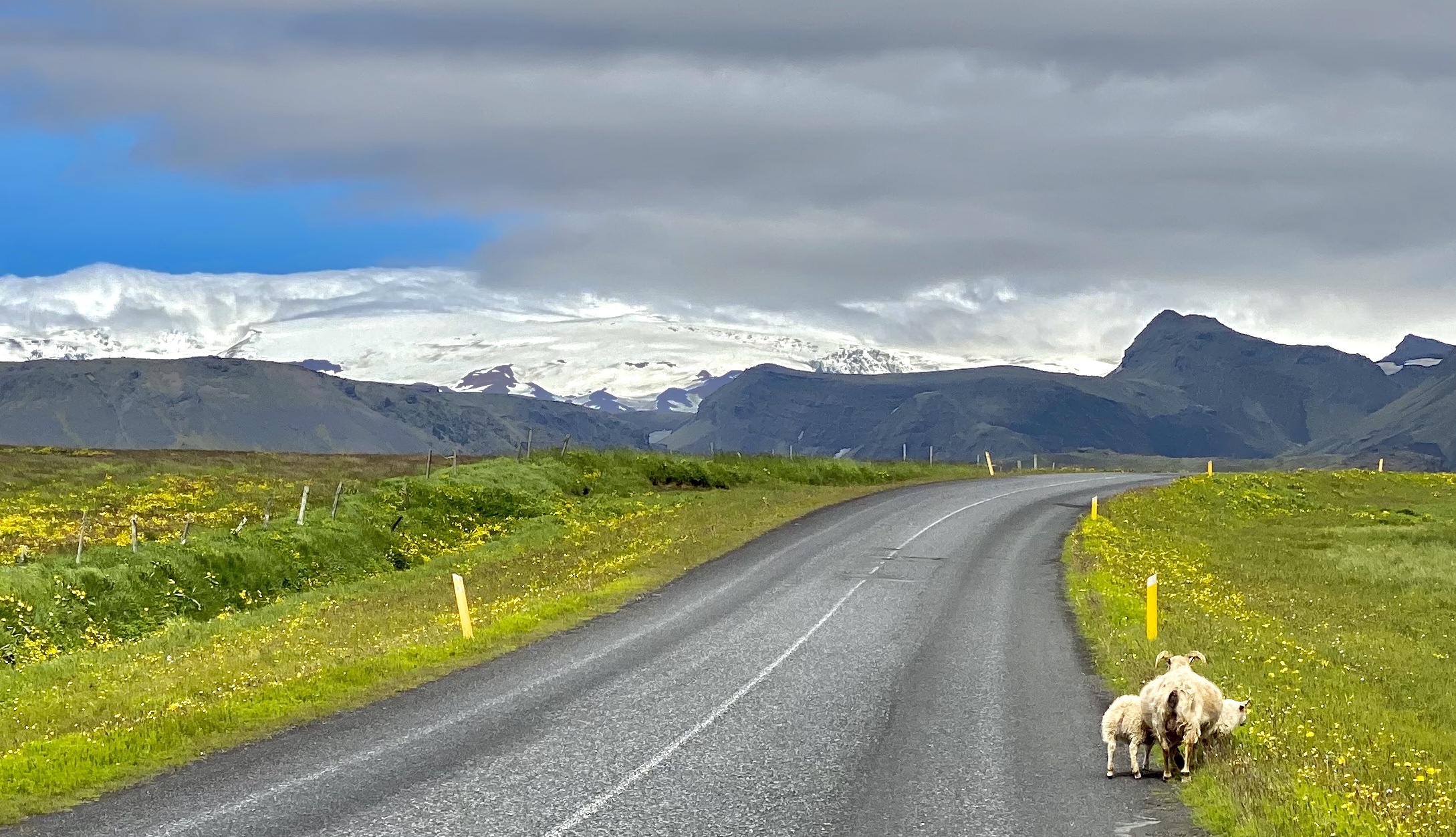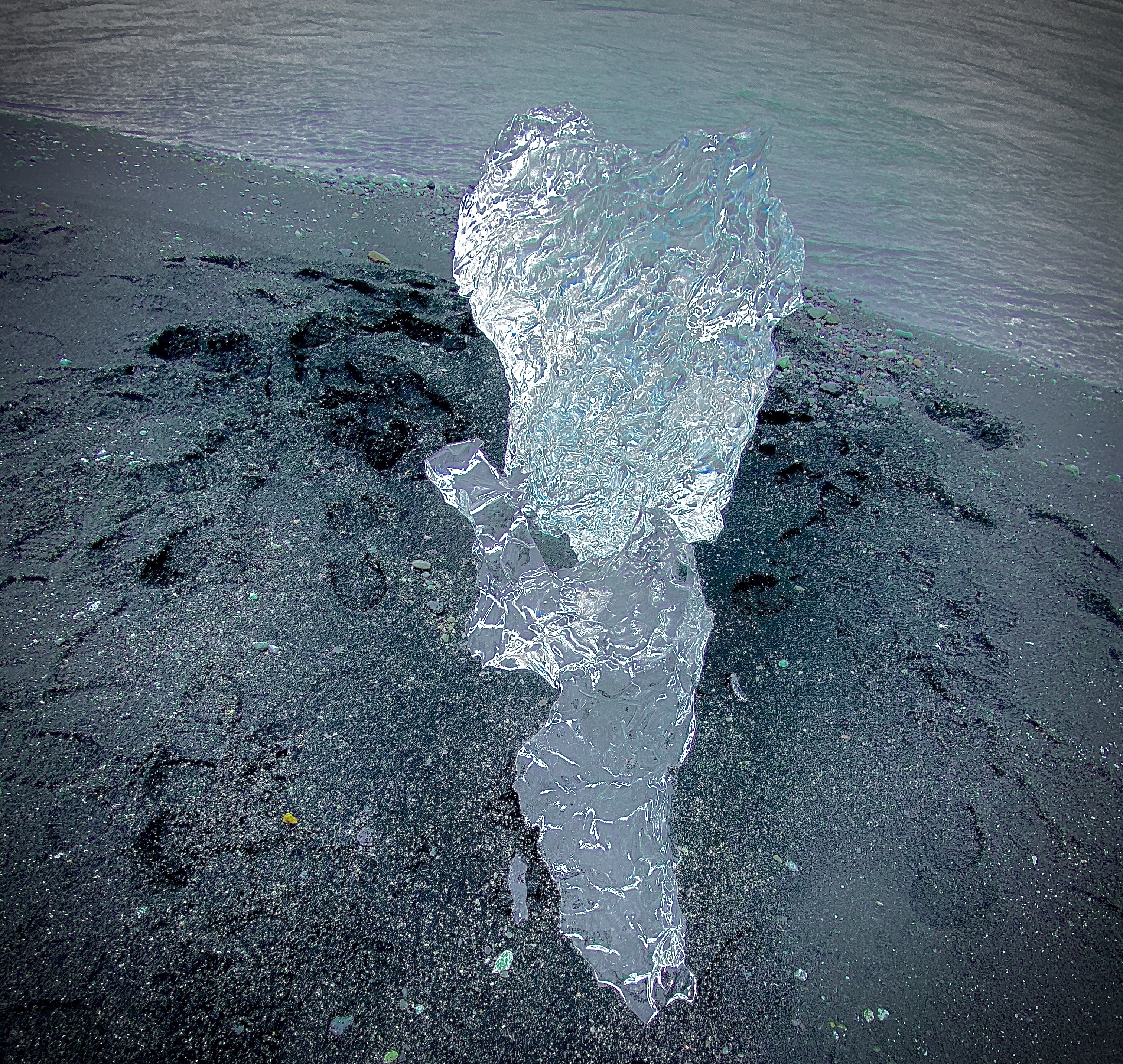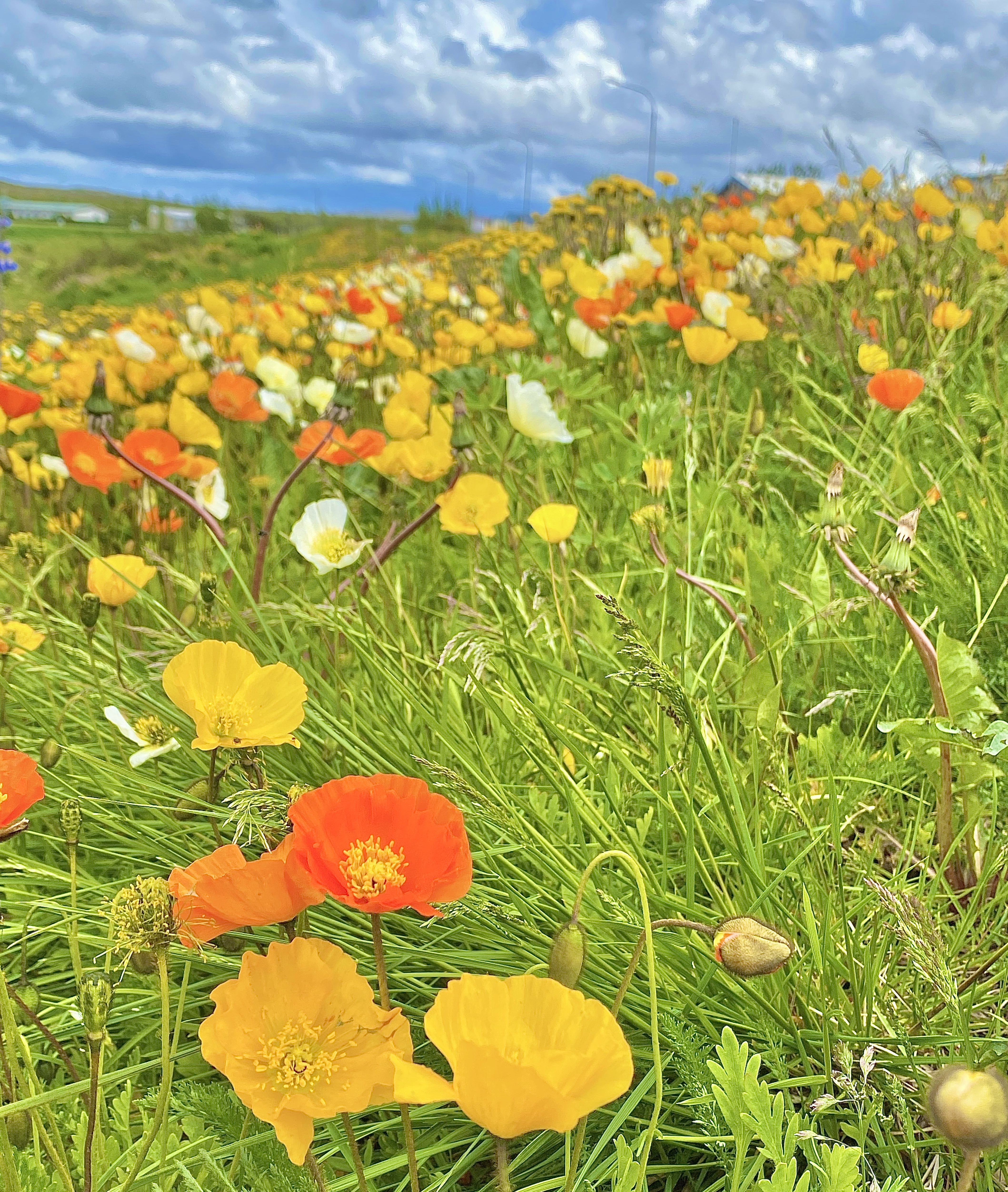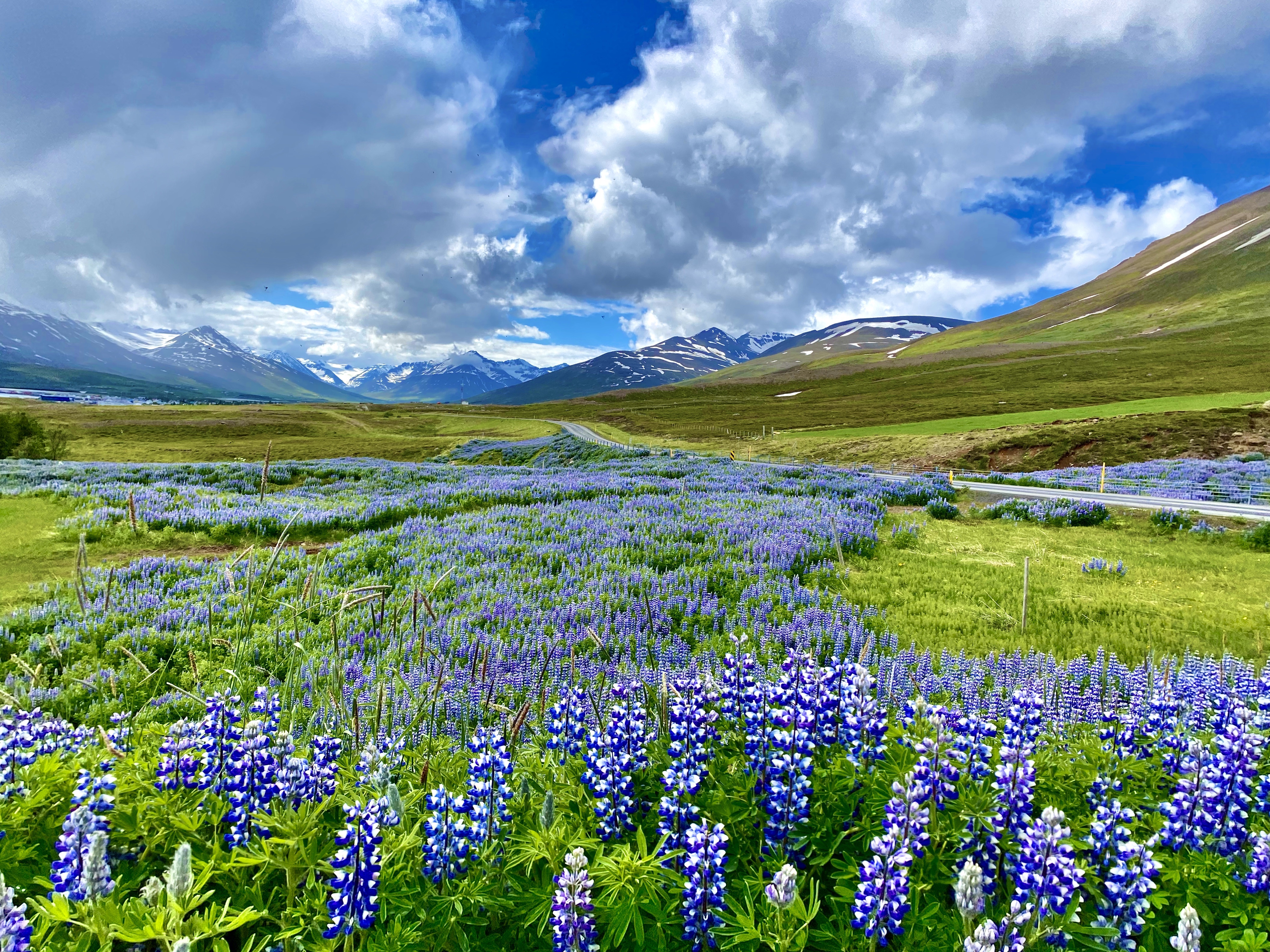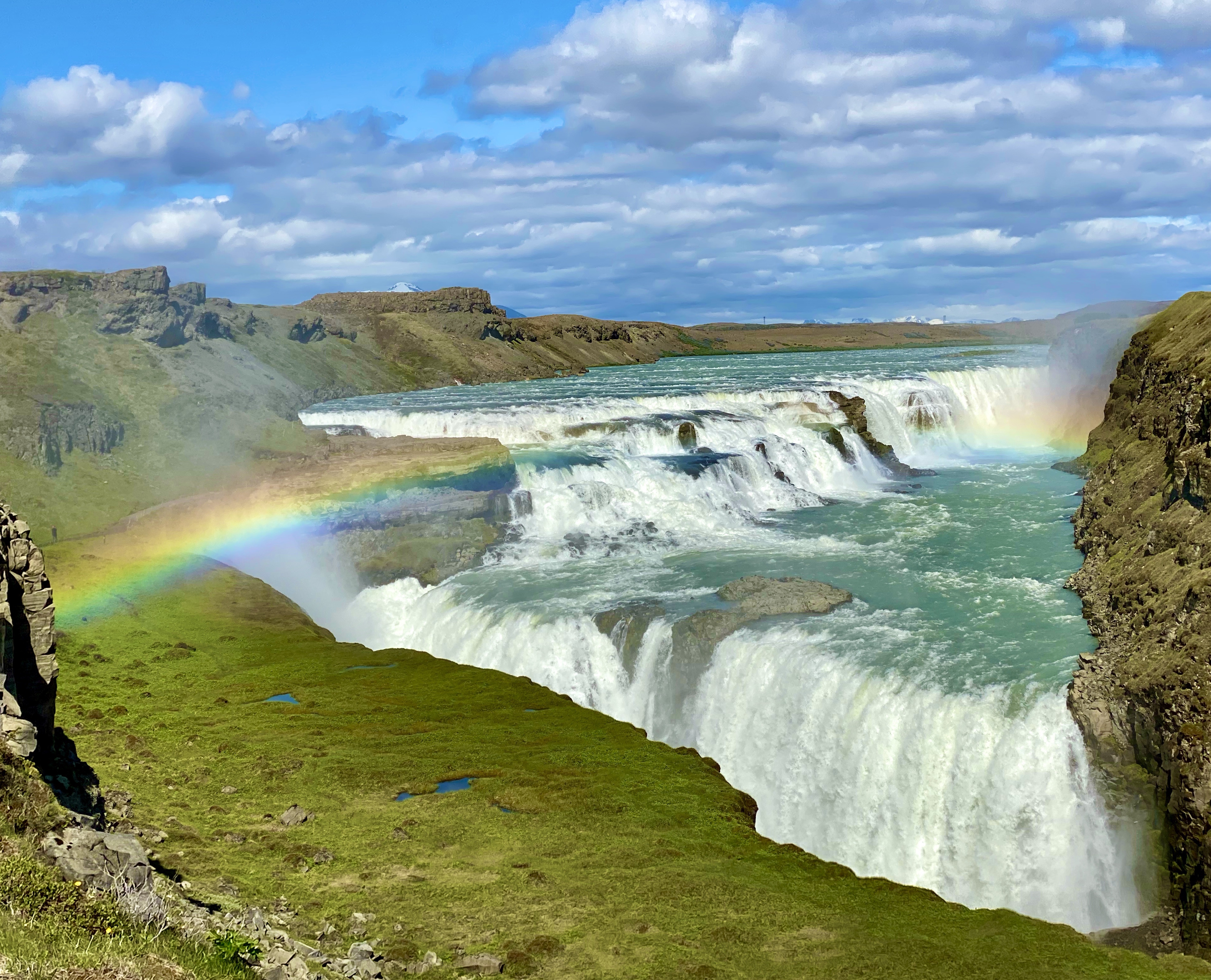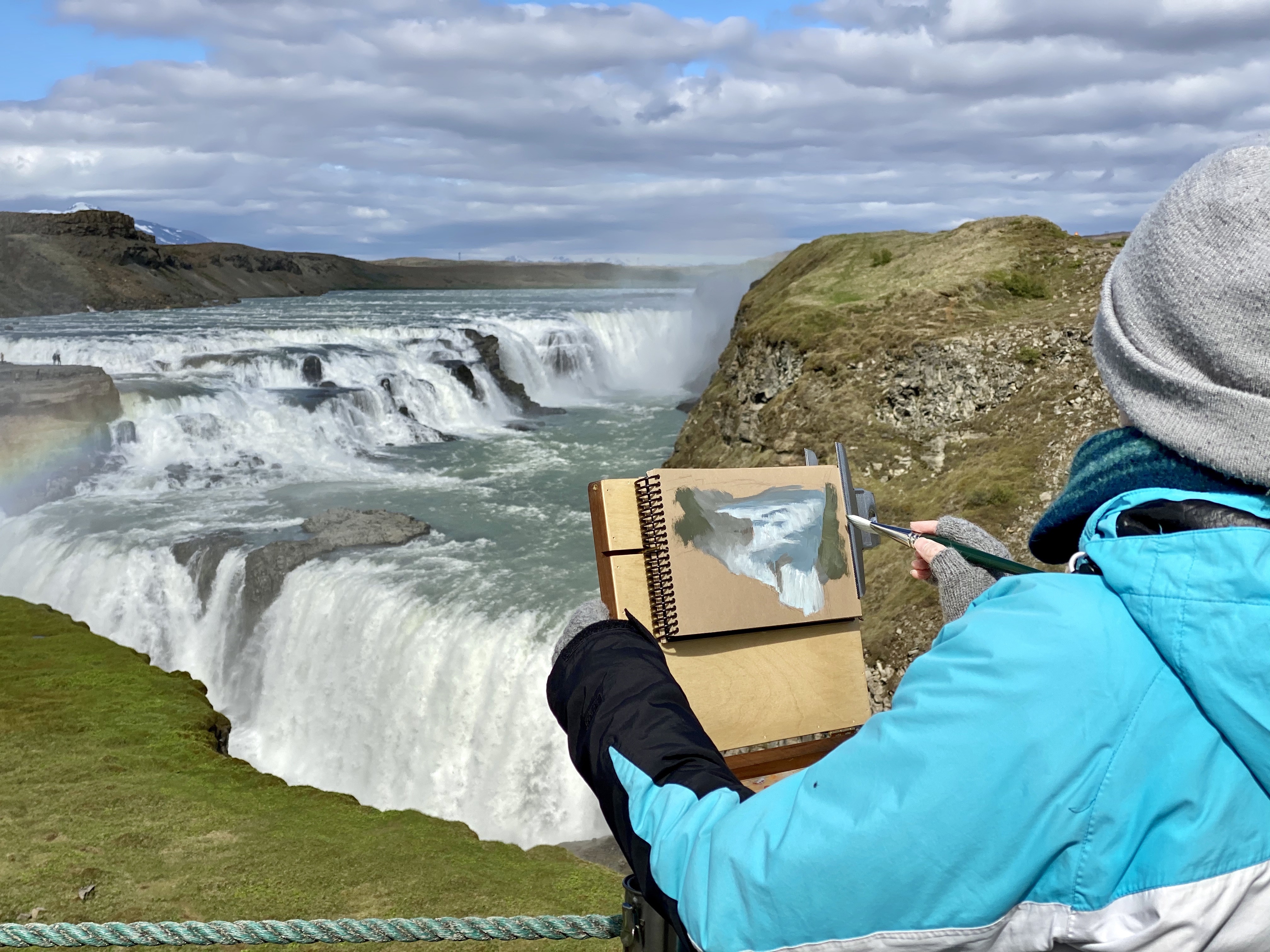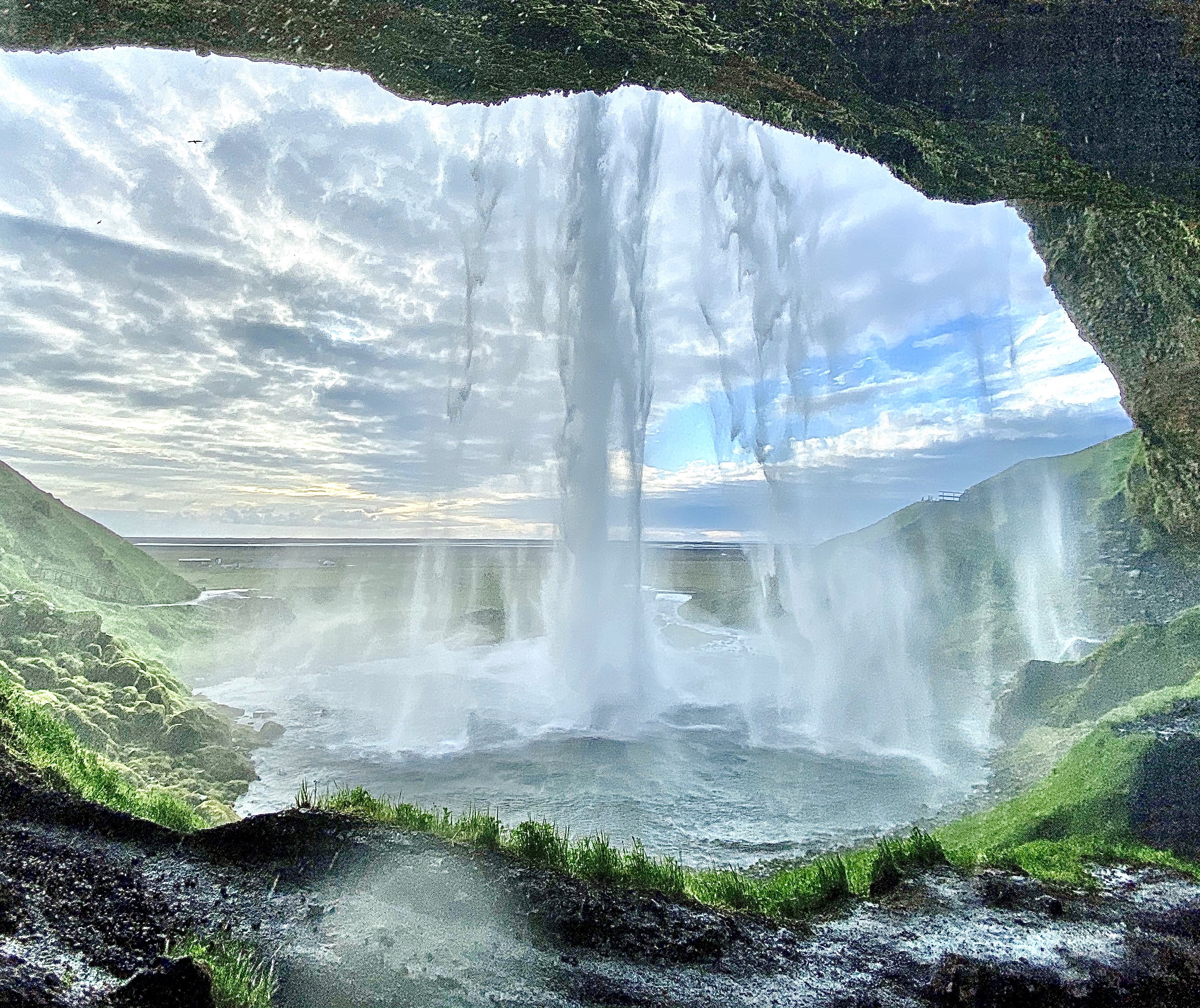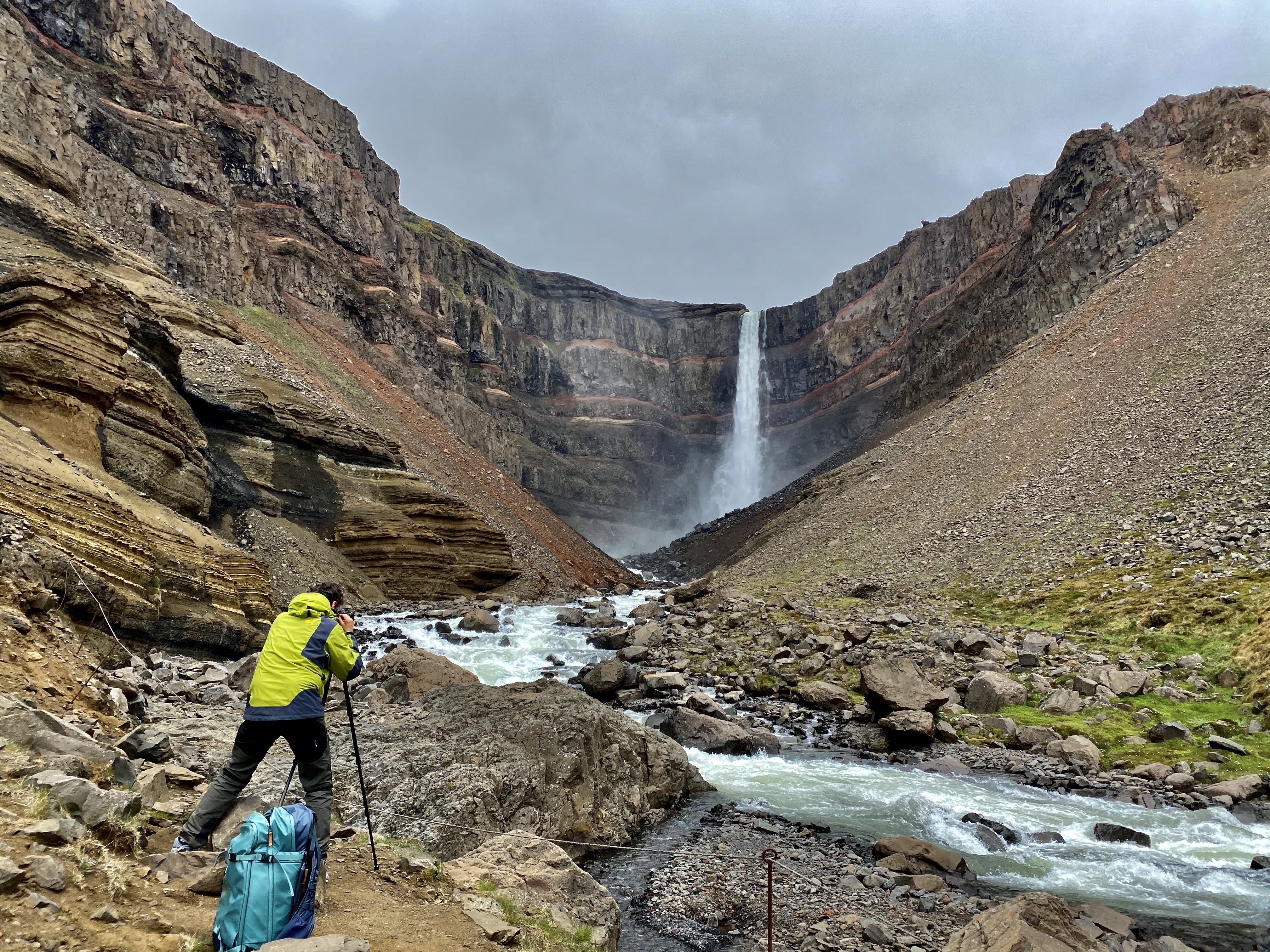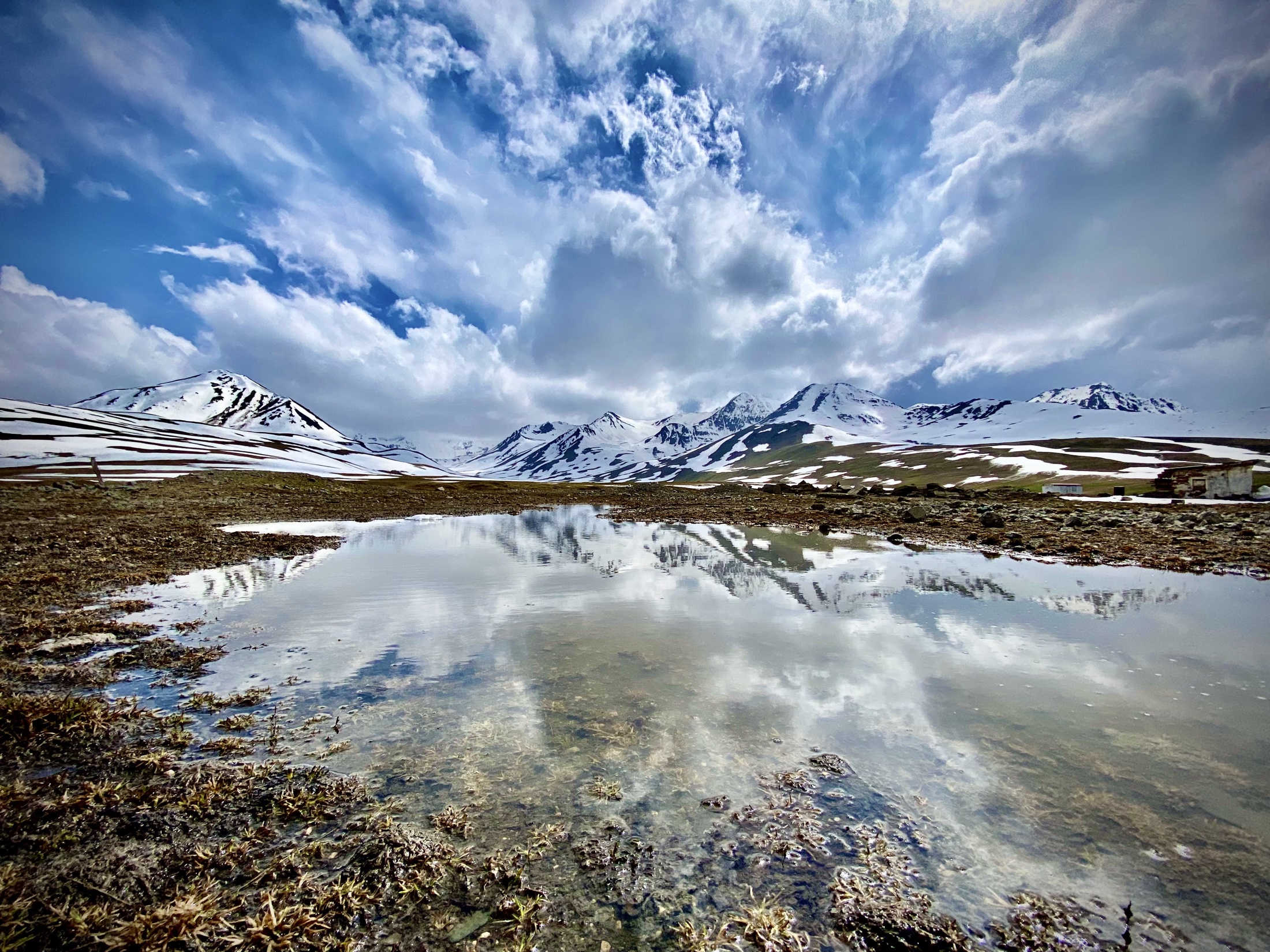
Indeed, and with a renewed hope for the planet. Following the news one is apt to believe the Earth is on the brink of collapse. The glaciers are melting, the oceans are choked with plastic, rivers dead and forests infected. No wonder young people are depresed and without hope for the future.
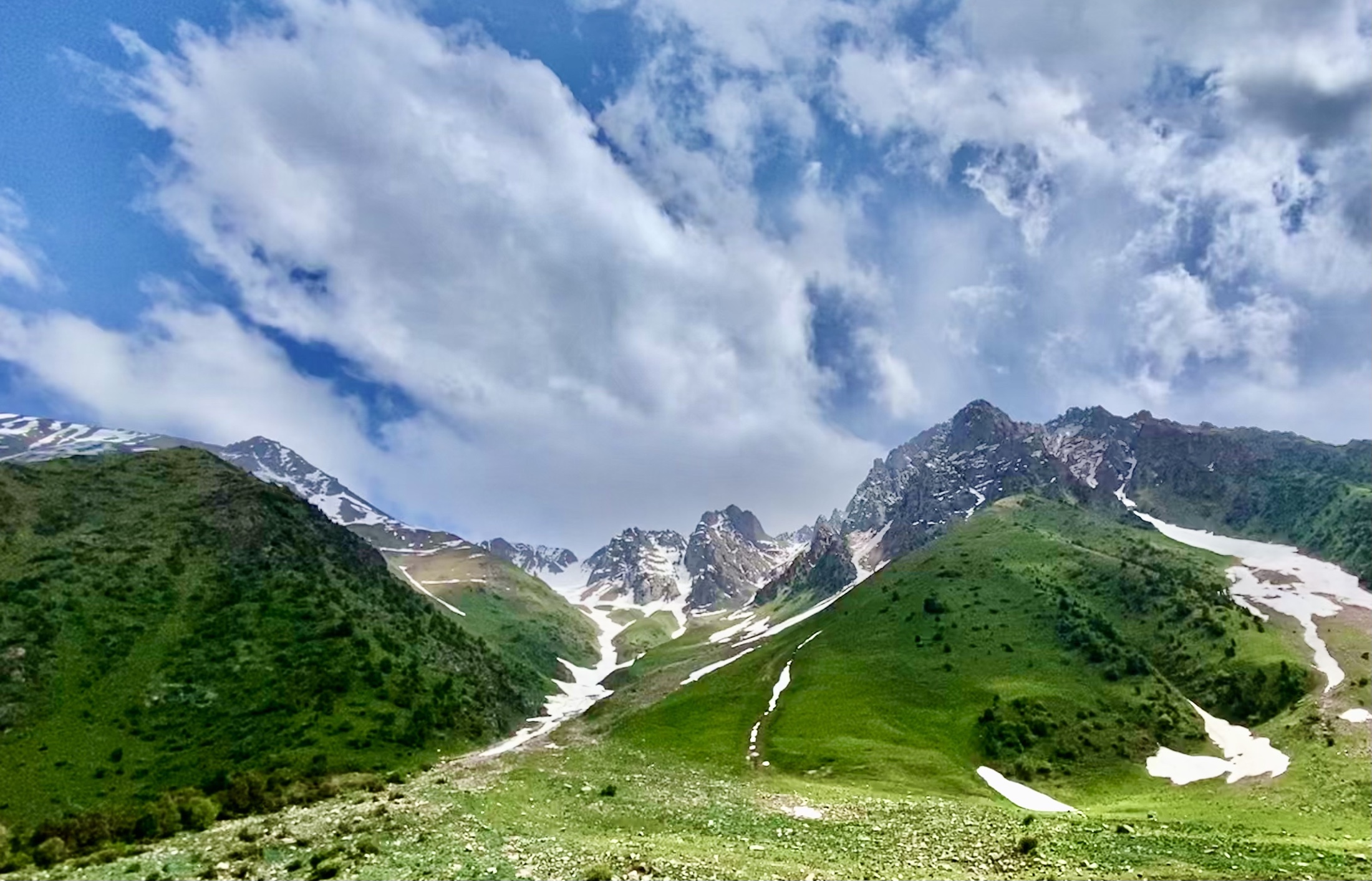
They should come for a week to Kyrgyzstan, trek in the pristine nature of the mountains, wade through mountain streams and eat fresh fish from the lakes. Yes, there is an occasional eye sore of plastic refuse on high mountain passes left by the many truck drivers and there are traffic jams in the capital but all in all this country is Nature’s Paradise.
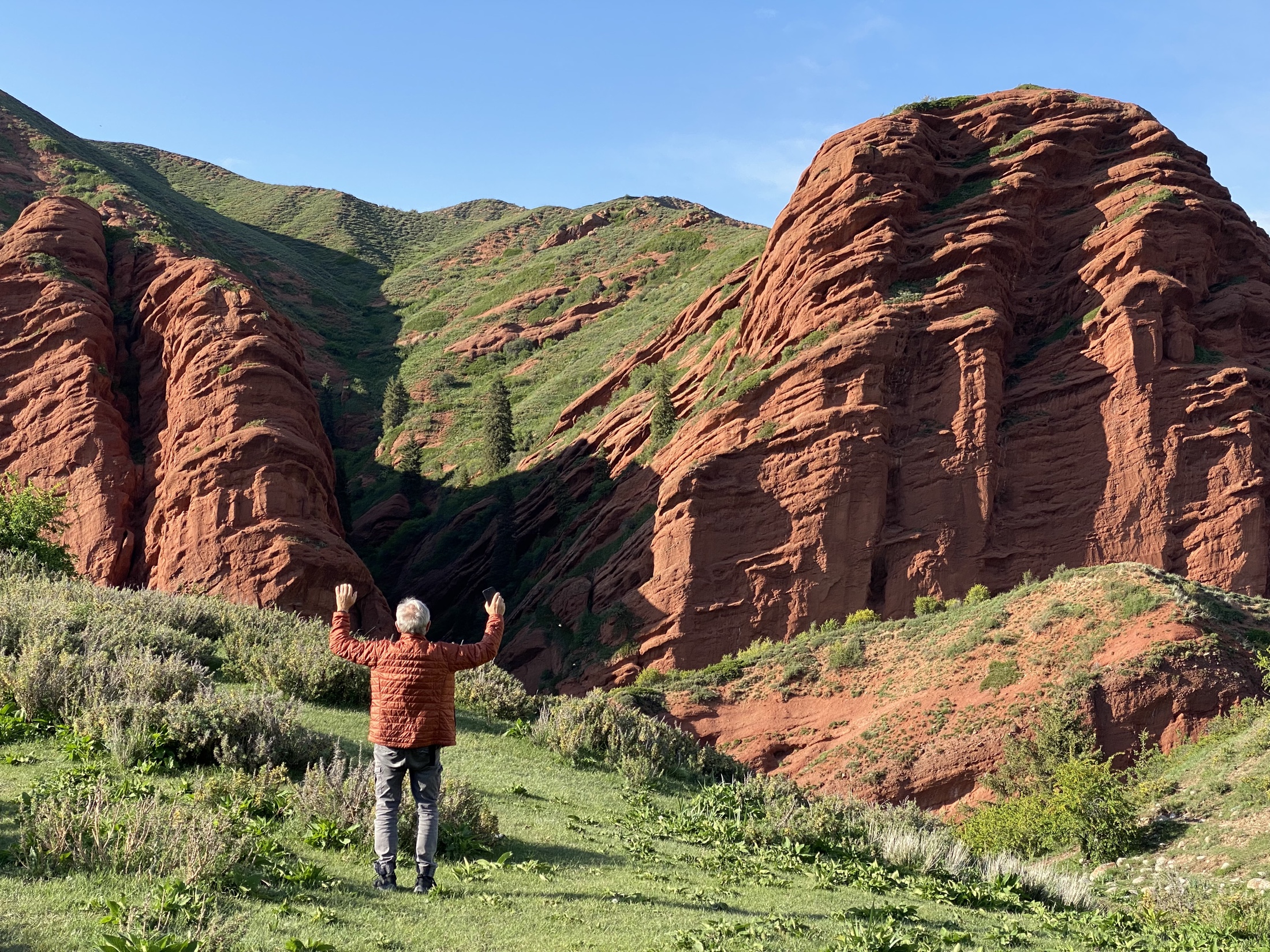
And people live in harmony with nature and animals. Seems like the nomadic blood of their ancestors still flows through their veins unabated and calls them to the summer jailoos in the mountains.

While grazing sheep and cows are the main contributors to the economy it is the horses that are the love and pride of every Kyrgyz male. It is true that horses occasionally complement the menu of this carnivore nation at the family table or restaurants. This is a habit more common here than in the West but it is still relatively rare among the line after line of beef and lamb culinary marvels you can usually select from the menu.
Horses are everywhere and everyone has them. And rides them. It is a hobby. It is a right of passage. They naturally learn riding like crawling and walking.
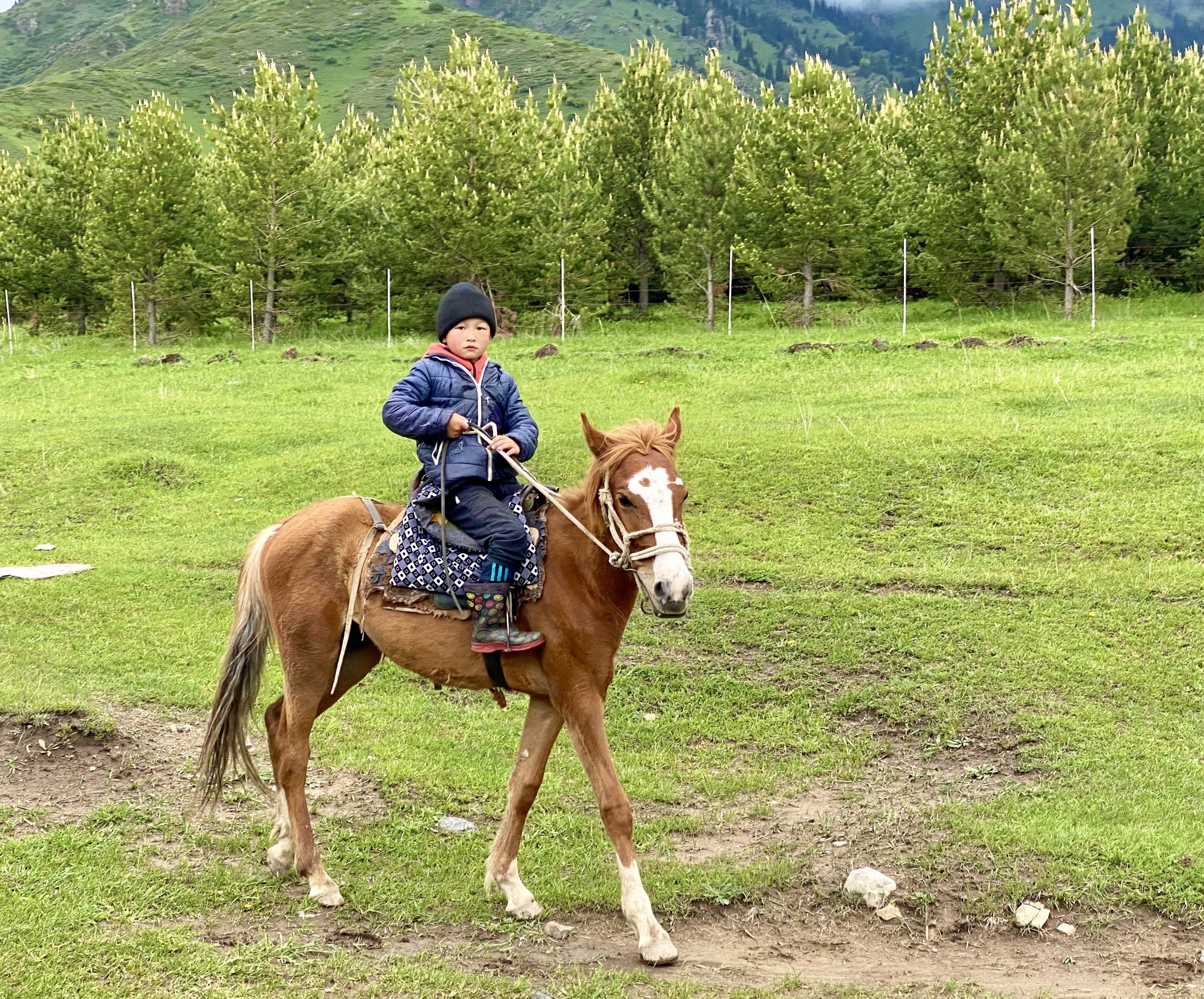
It is something they are born with in their DNA. They ride them as they manage their sheep, goats and cows. Those people are for me like Central Asian version of American cowboys. Watching them makes me feel like being back in the American Wild West. How could it not with a backdrop like this?
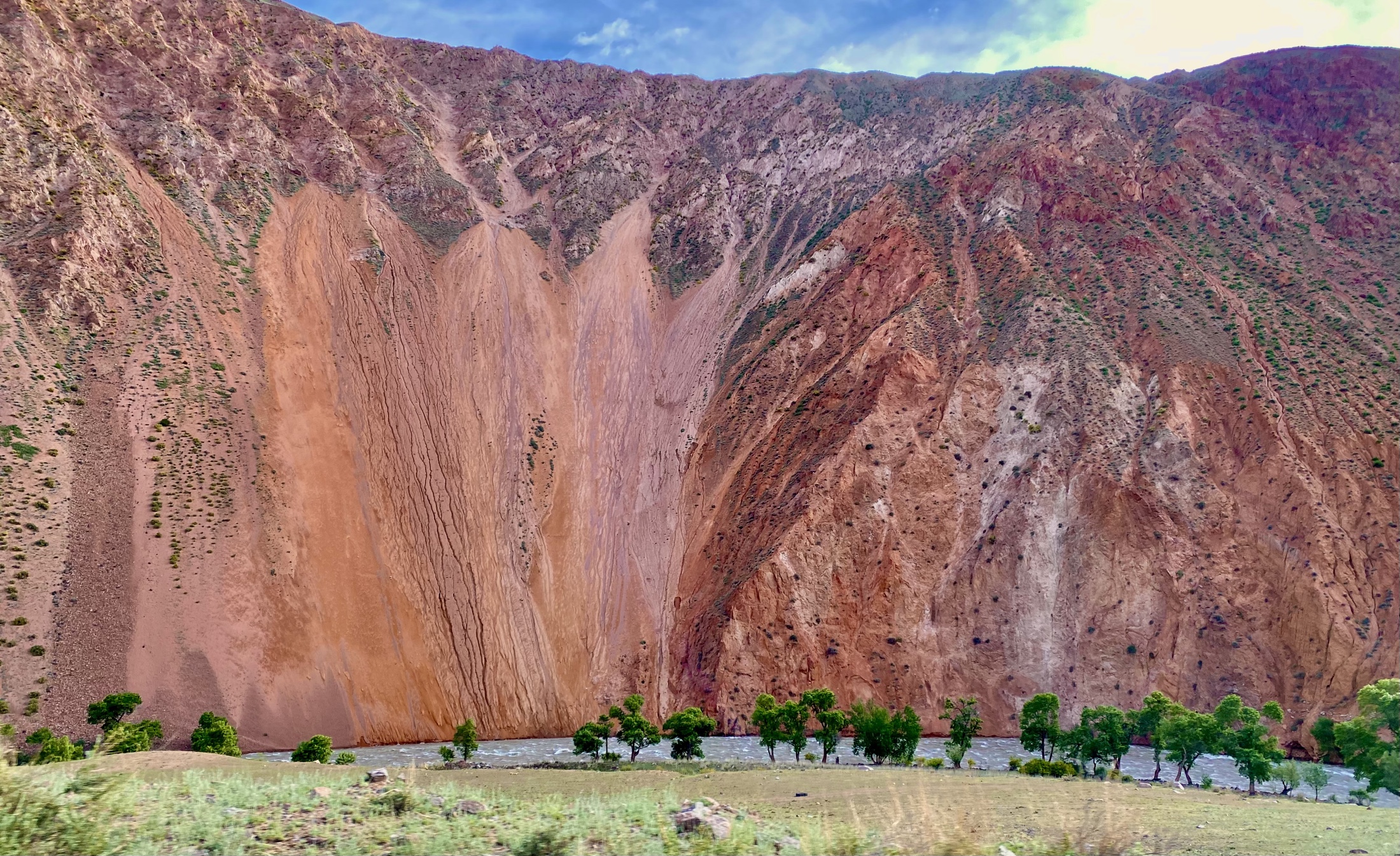
One afternoon we followed the river to a small village to our homestay. We stopped by a footbridge that leads over the fast flowing river.

It is late afternoon, time to bring herds home.
My Kyrgyz cowboys are doing their job with grace. They do what I see my wife doing whenever she is around horses. Touching them gently on their heads above their nostrils, hoping to mount them and ride them away into the wild. Is it not funny to think about your wife in those terms?
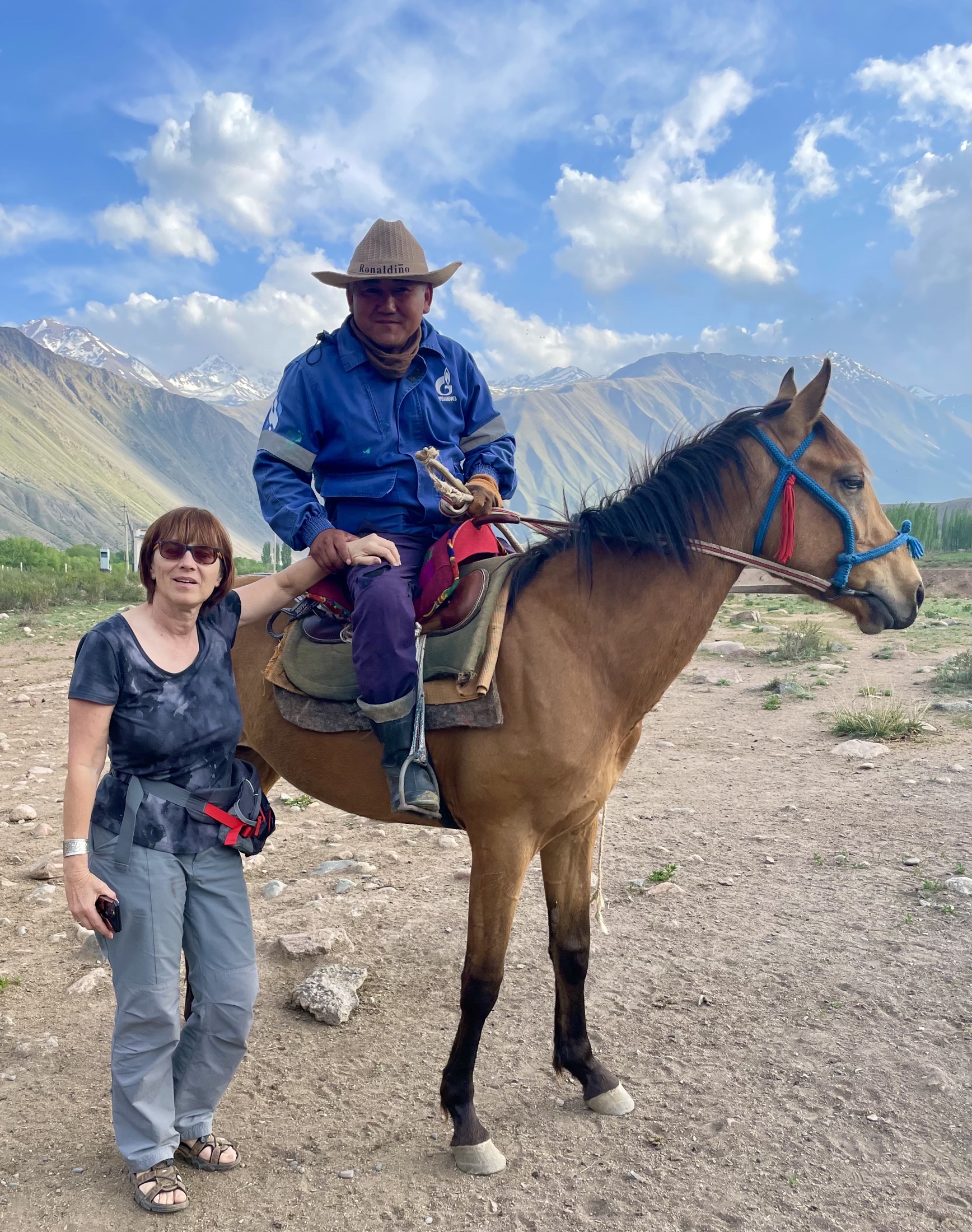
Cowboy Volod: “See you at the local joint later tonight?”

My wife: “Or maybe at the animal market in the morning?”

When planing our trip to Kyrgyzstan we had hoped to be in Karakol on a Sunday to be able to experience their weekly animal market. And wouldn’t you know it, we arrived to this pleasant town on the shores of Issyk Kul on a weekend.
We love markets anywhere in the world. People are busy doing what they do at a market – buying, selling, meeting their friends and don’t pay much attention to foreign visitors soaking it all in.

It is essential to get to the market early and we had a good warning from a traveller we met who missed most of the action. So we got up at the crack of dawn and found that the market was indeed already in full swing when we arrived. Many people have brought their animals from afar and some spent the night at the site.
It was a cold morning after a rainy night. The surrounding mountains were sprinkled with fresh snow. What a setting! With two crazy travelers gleefully lost in the see of animals and people.

There was a lot of action.


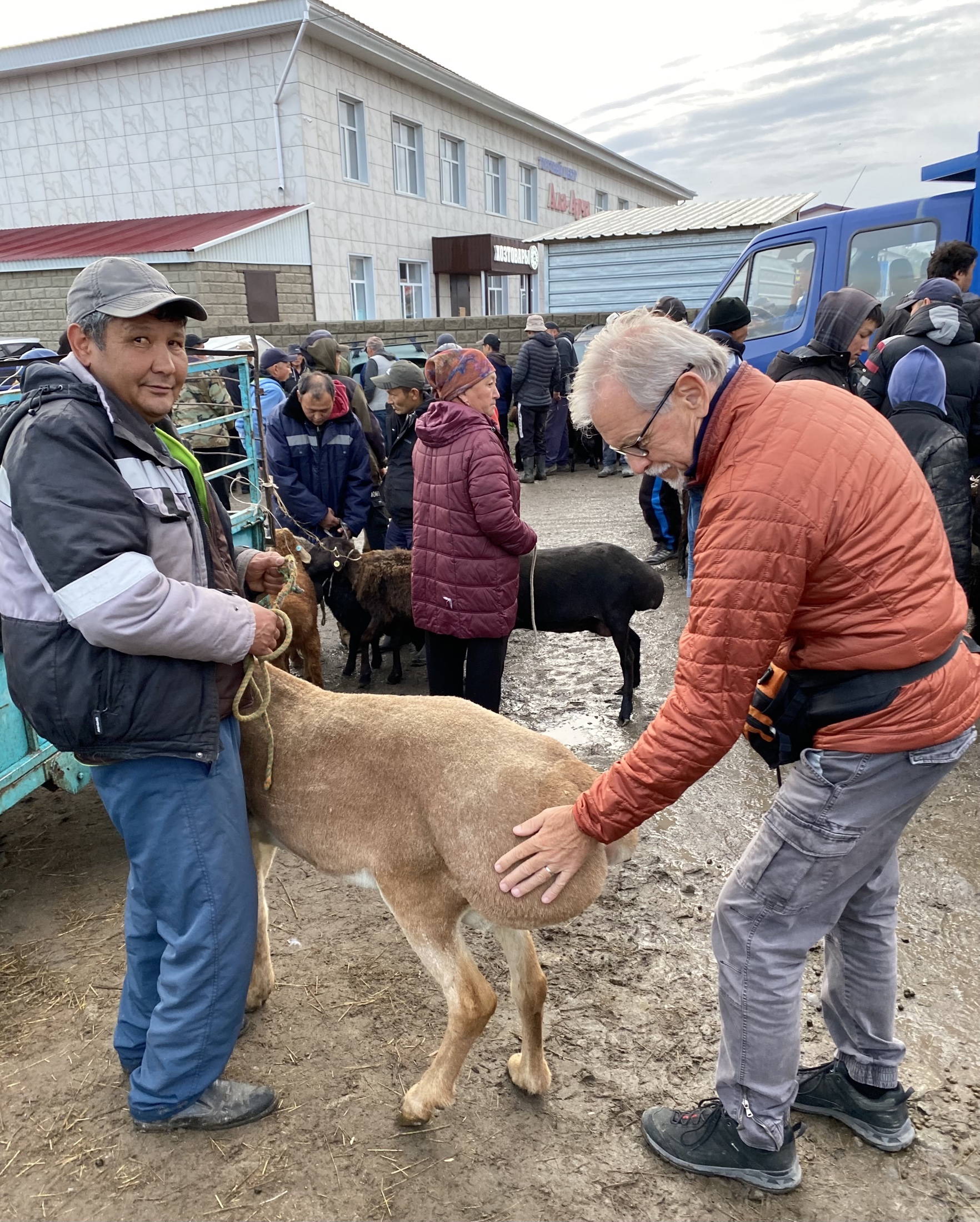
It was, by and large, a men’s affair

but occasionally women were involved as well.
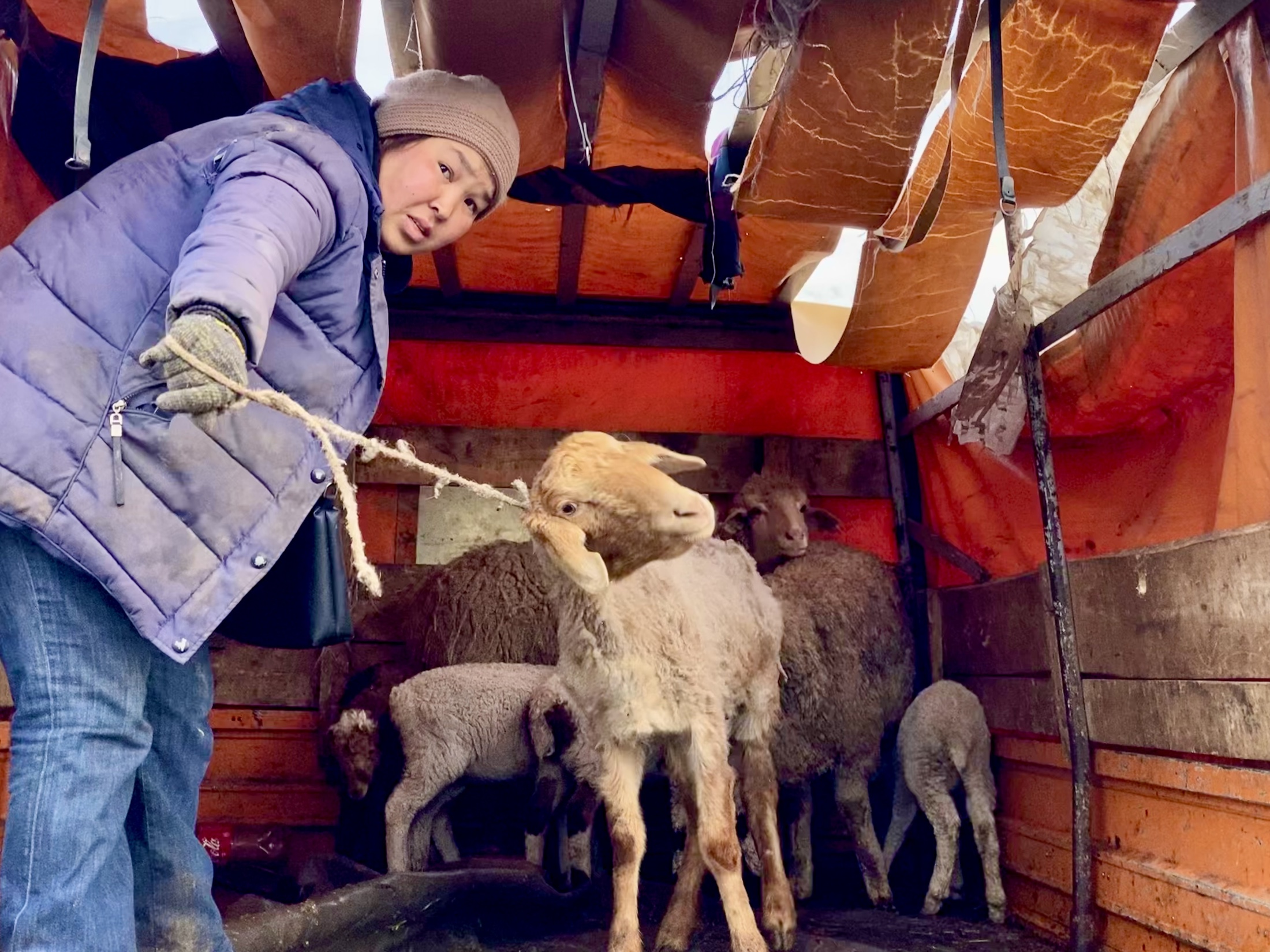
There was a considerable quantity of animals gathered, but surprisingly we saw very few sold.
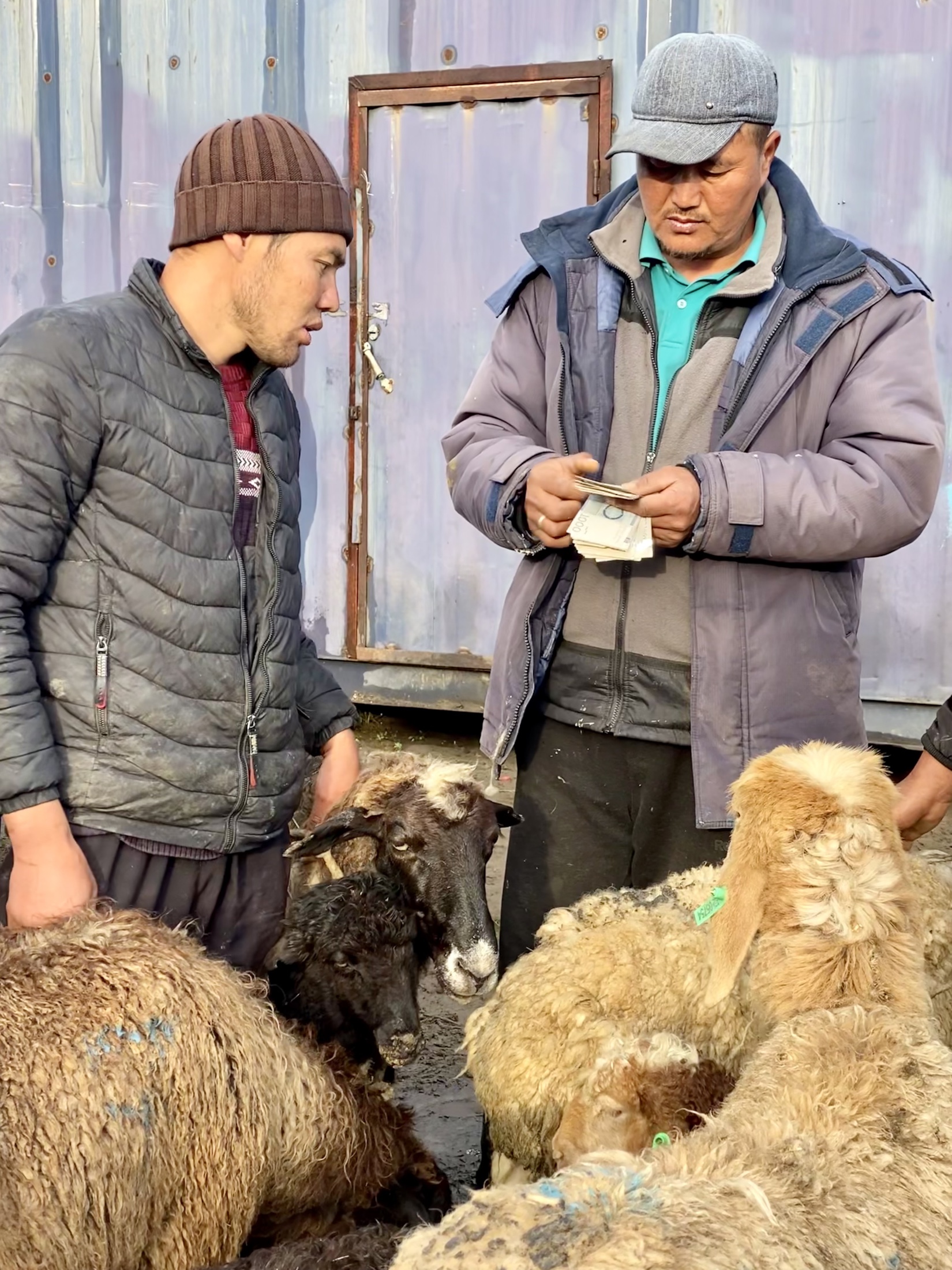
We would have stayed till the last animal was loaded up again, but our stomachs reminded us we didn’t have breakfast so as a bonus for getting up so early we loaded up with freshly baked bread on the way back to our hotel.

It was to be expected that spring weather in Kyrgyz mountains will be changeable and rain possible. We were actually pretty lucky with the weather and never got wet or hindered in our activities.
The one day we decided to go on a hike to Atlyn Arashin valley it was sunny, but weather didn’t prove to be the issue.
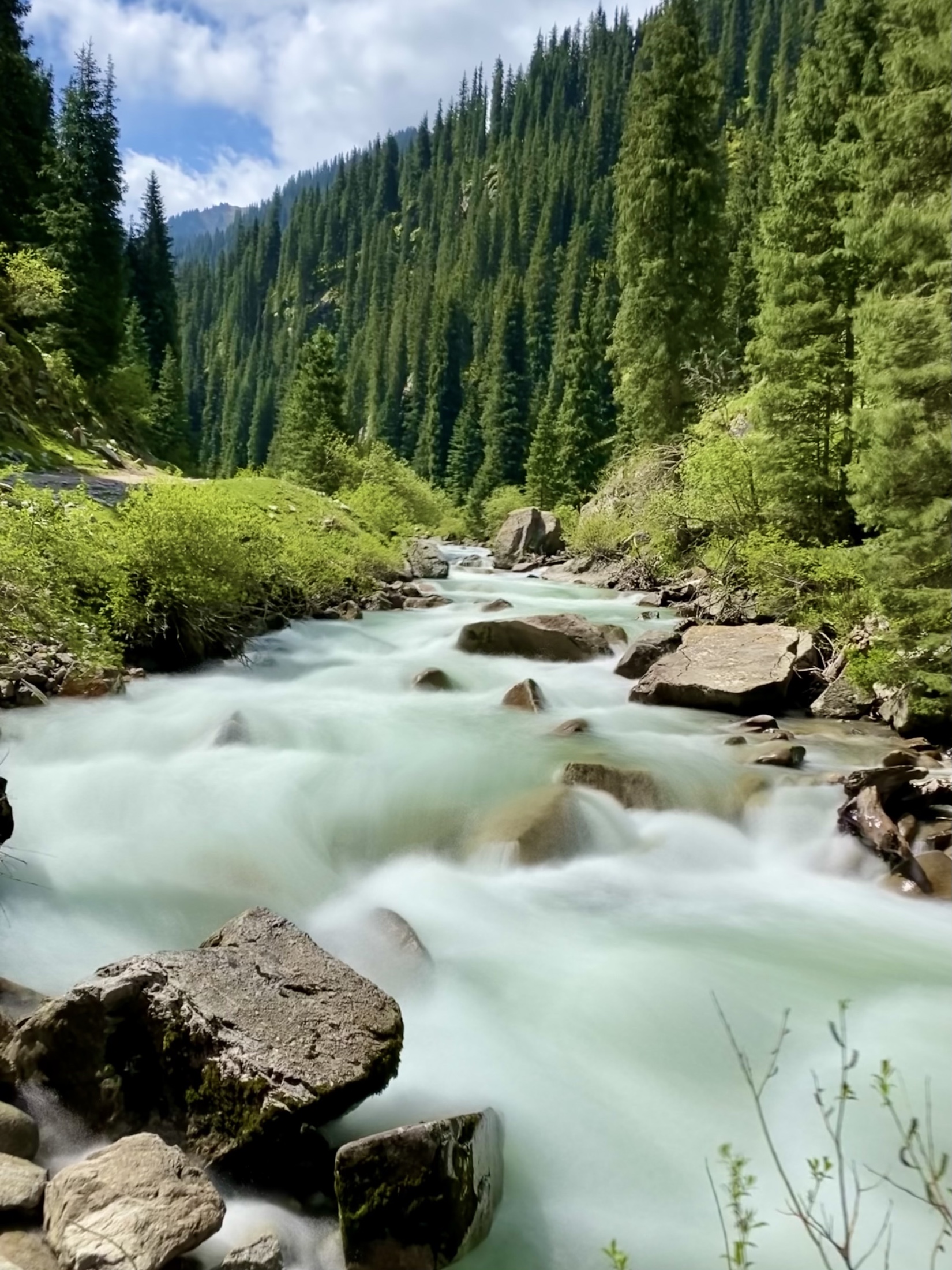
There are certain bitter elements in our travels which had been and still are an integral part of our life together. We never traveled in groups, relying mostly on each other, if I disregard traveling with our kids when they were growing up. Our children now travel on their own to the mutual relief of both generations involved.
For many years, we have managed to find a a good balance between our interests and abilities in physically demanding disciplines. I preferred mountain trekking and scuba diving and my wife horse back riding. Rafting was fun for the whole family. As the years went by the balance was exposed to the test of time. After my back surgery which led inevitably to my retirement I suddenly had to face the fact that my lovely wife could still be jumping like a foal around me over the mountain streams and easily dealing with rough rides in the 4×4 vehicles, some of them old enough to match my age.
It all came crashing down around my ears as we boarded one of those former Red Army vehicles to get us on the unpaved valley road above the tree line for a hike amongst the peaks. The road reminded me more of a training site for old T-72 tanks than a road.
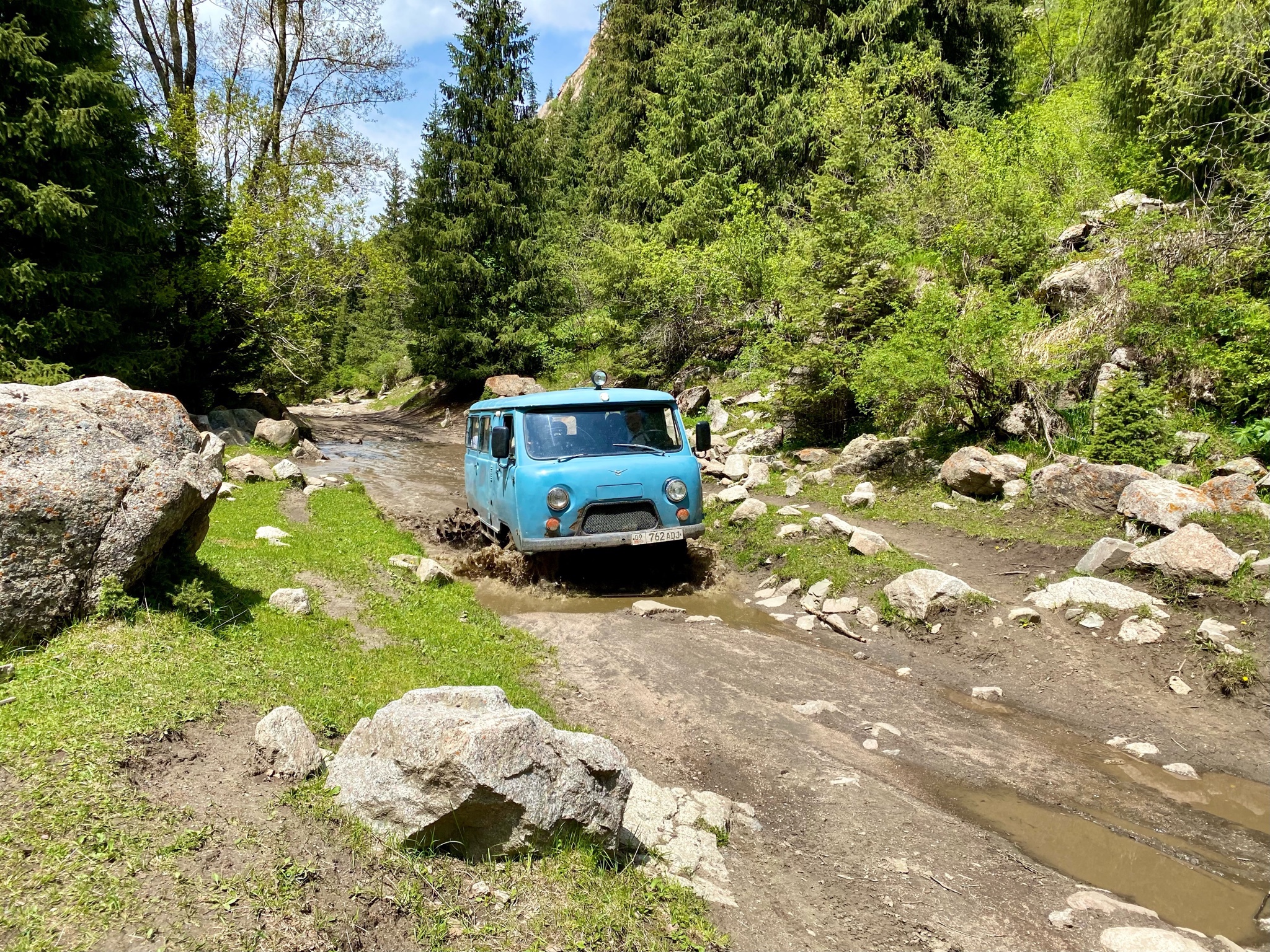
Terrain full of boulders, with remnants of last winter’s avalanches, and potholes the size of our house’s living room.

My best intentions got a forceful reminder that my dreams may have survived those 50 years since I first tried to come here, but my back and surgically stiffened spine are way too fragile for this adventure and think otherwise.
It was a bitter moment of recognition that my time of hiking with sixty pounds heavy backpack (half filled with essential bottles of beer) is long gone and finally over and I had to let it go.
We sent the driver back with half his fee and started walking slowly

by the fast-flowing mountain river enjoying flowers and green meadows and chirping birds.
We walked over a bridge to the first human dwelling,
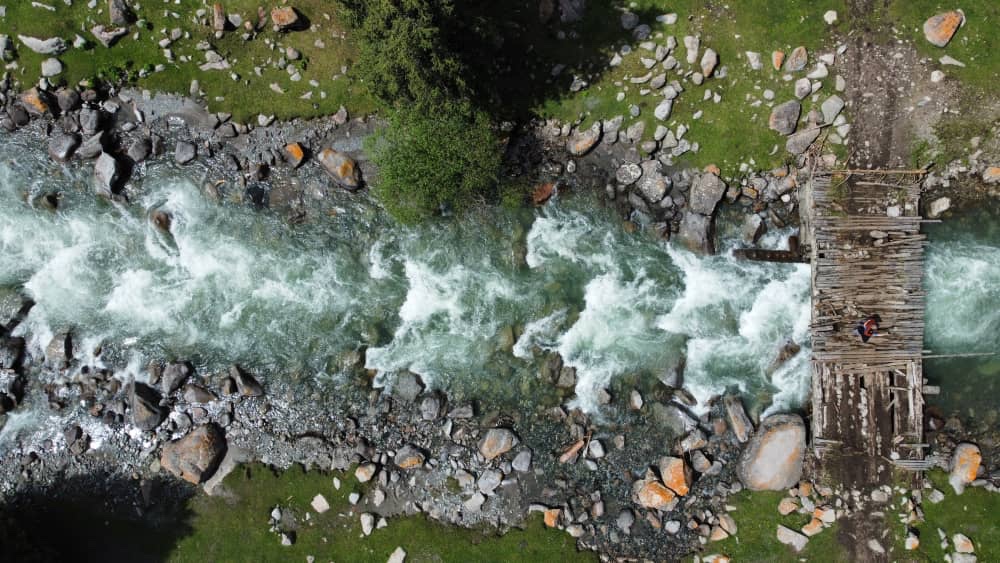
while our guide flew his drone.
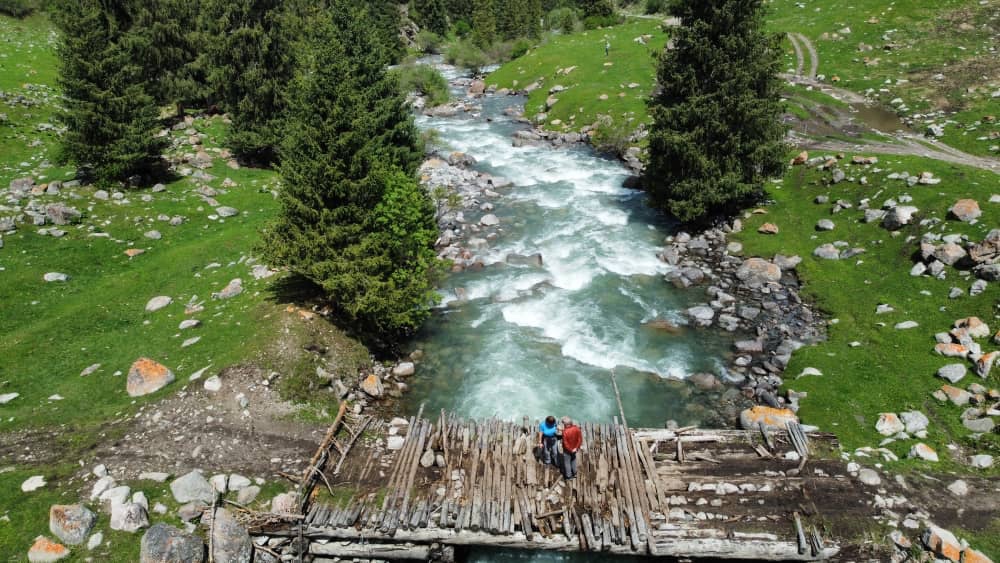
On the other side the verdant spring has reached the high summer pastures where a few cows were contentedly nibbling on fresh grass.

The majestic peaks with snow still plentiful on their steep slopes were watching quietly over the herders taking care of their animals and summer gardens.

To my big disappointment, I realized I could get no closer to the mountains. I could not make it any further and we had to turn around and walk back down to the first village to call a taxi for the rescue.
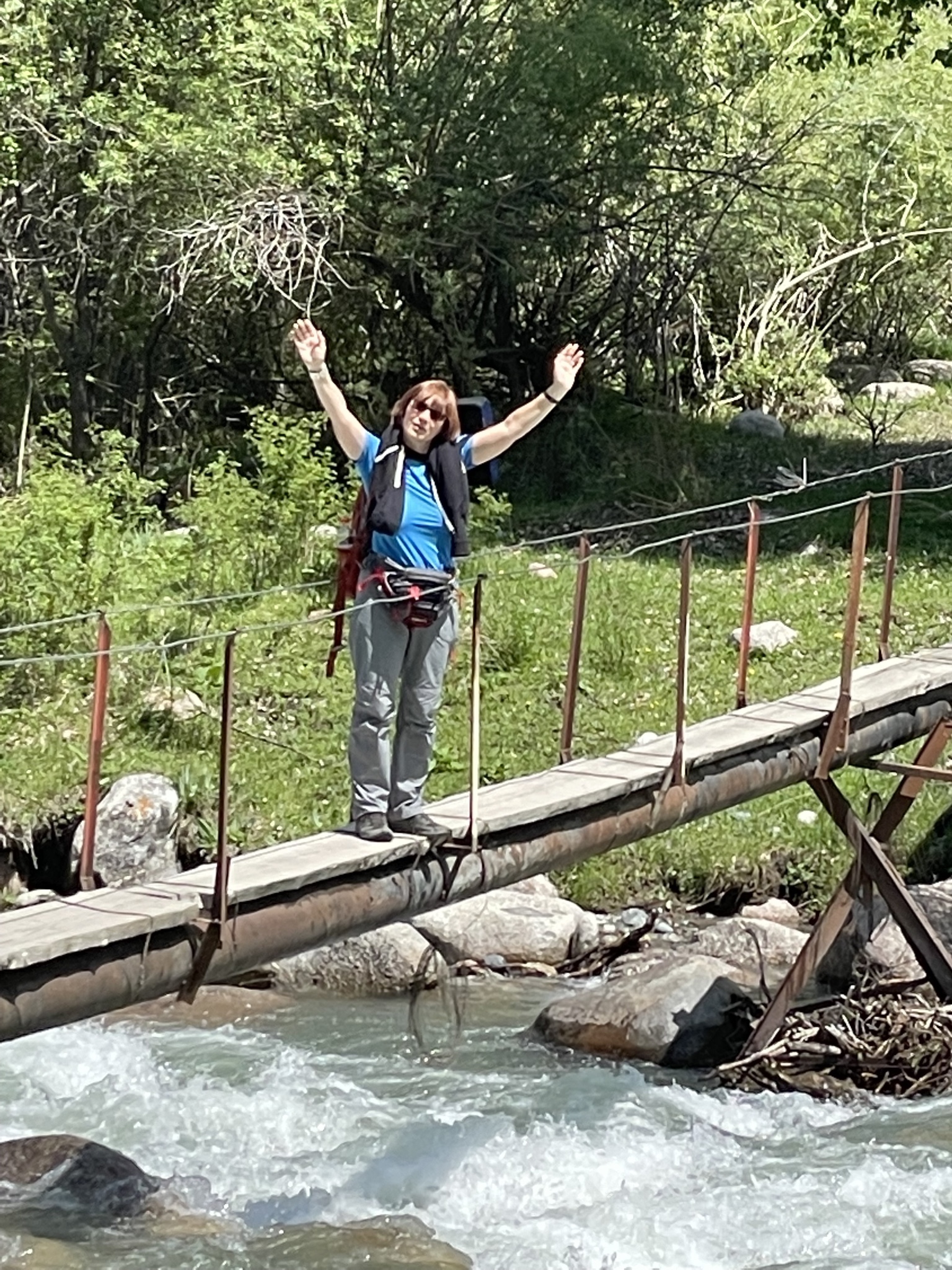
Next time up only in a chopper, oh my!


